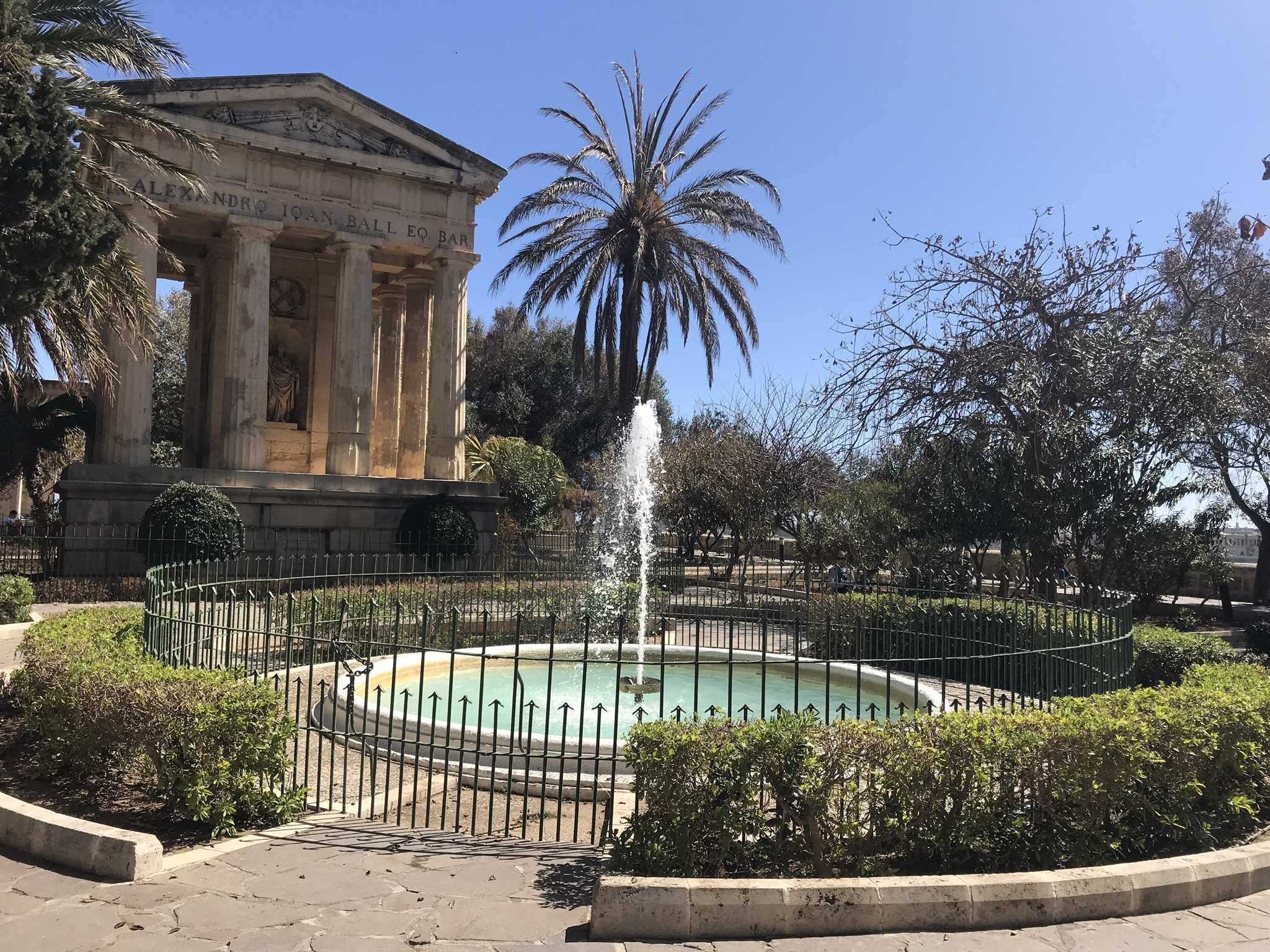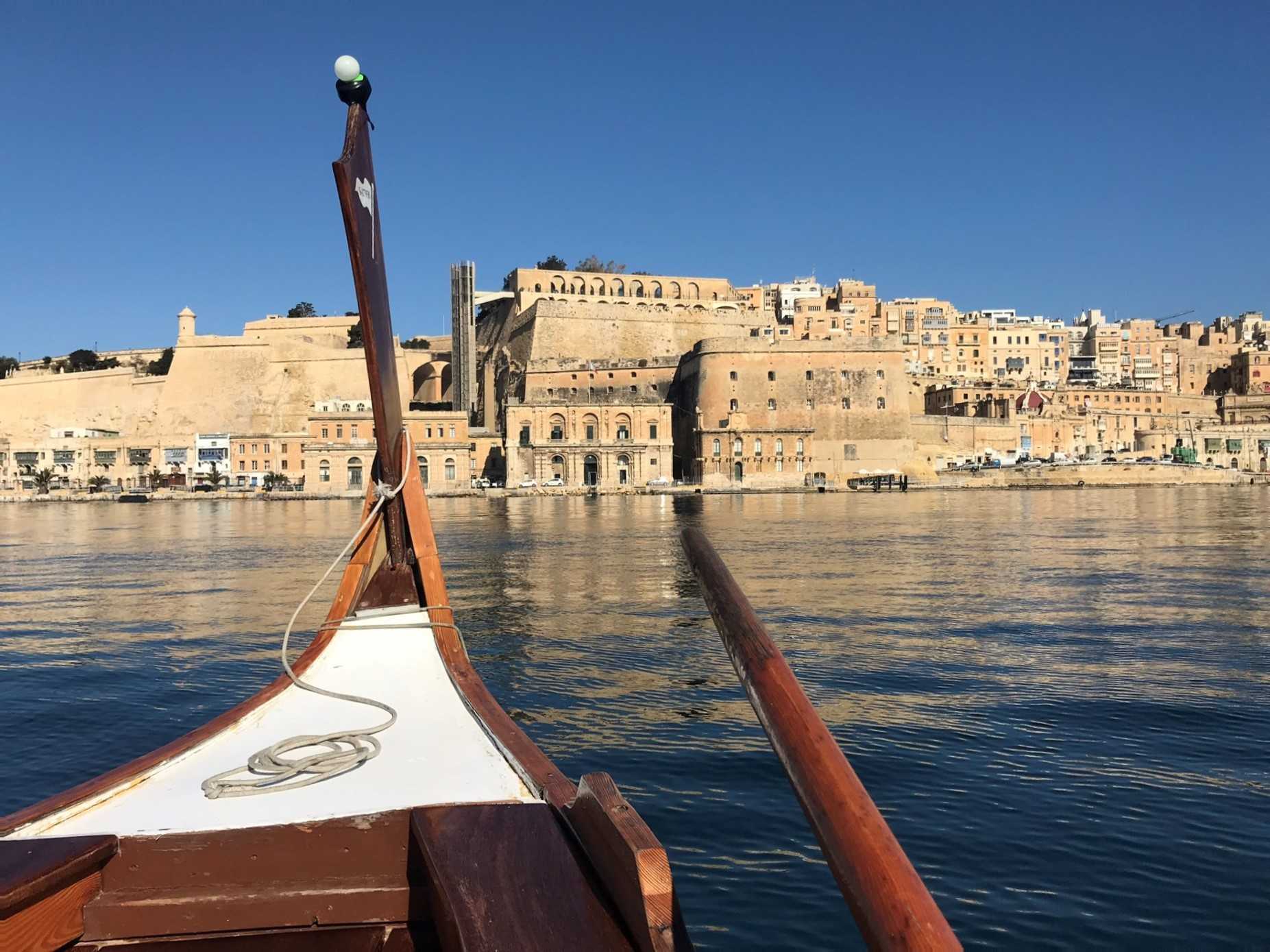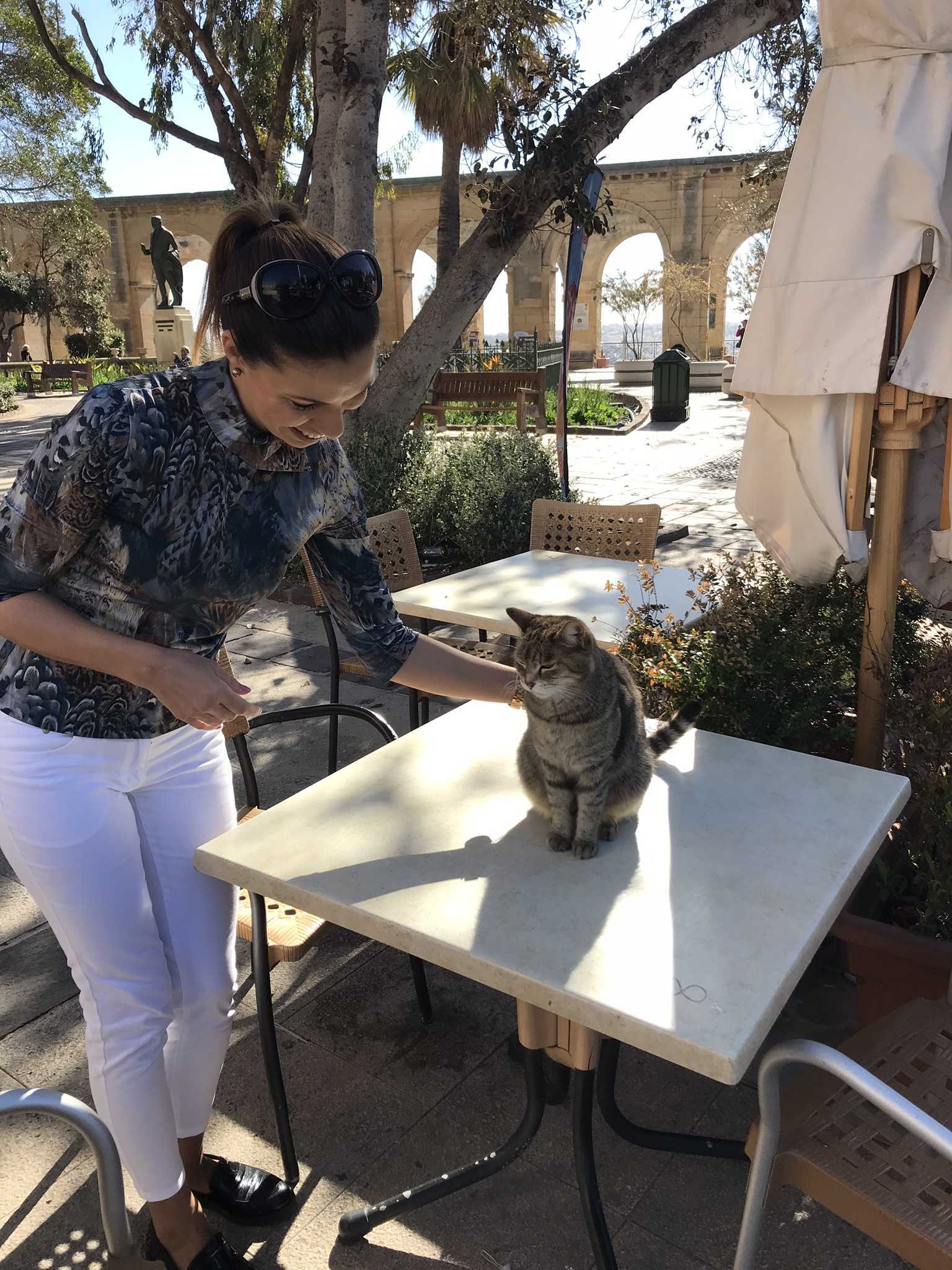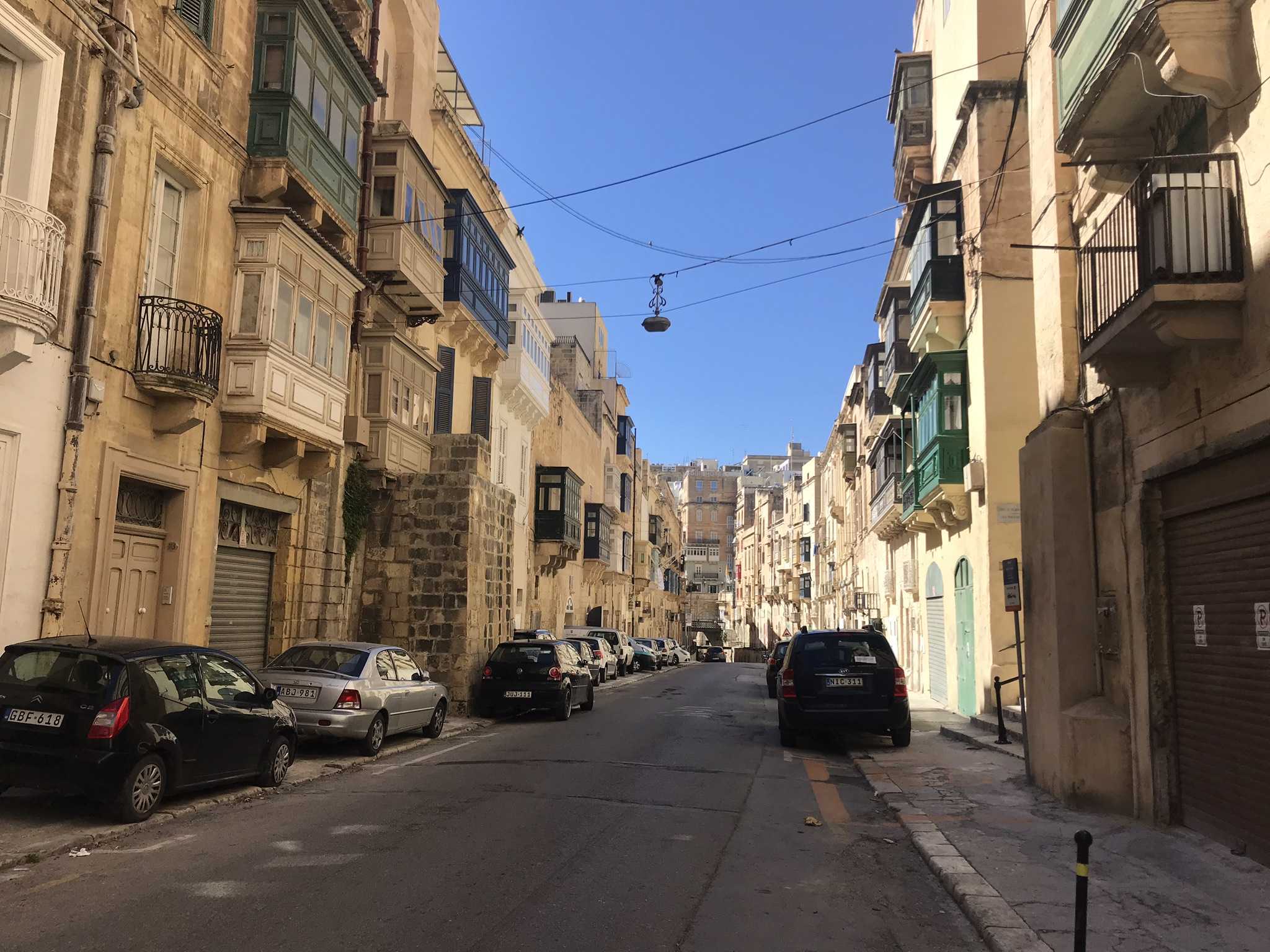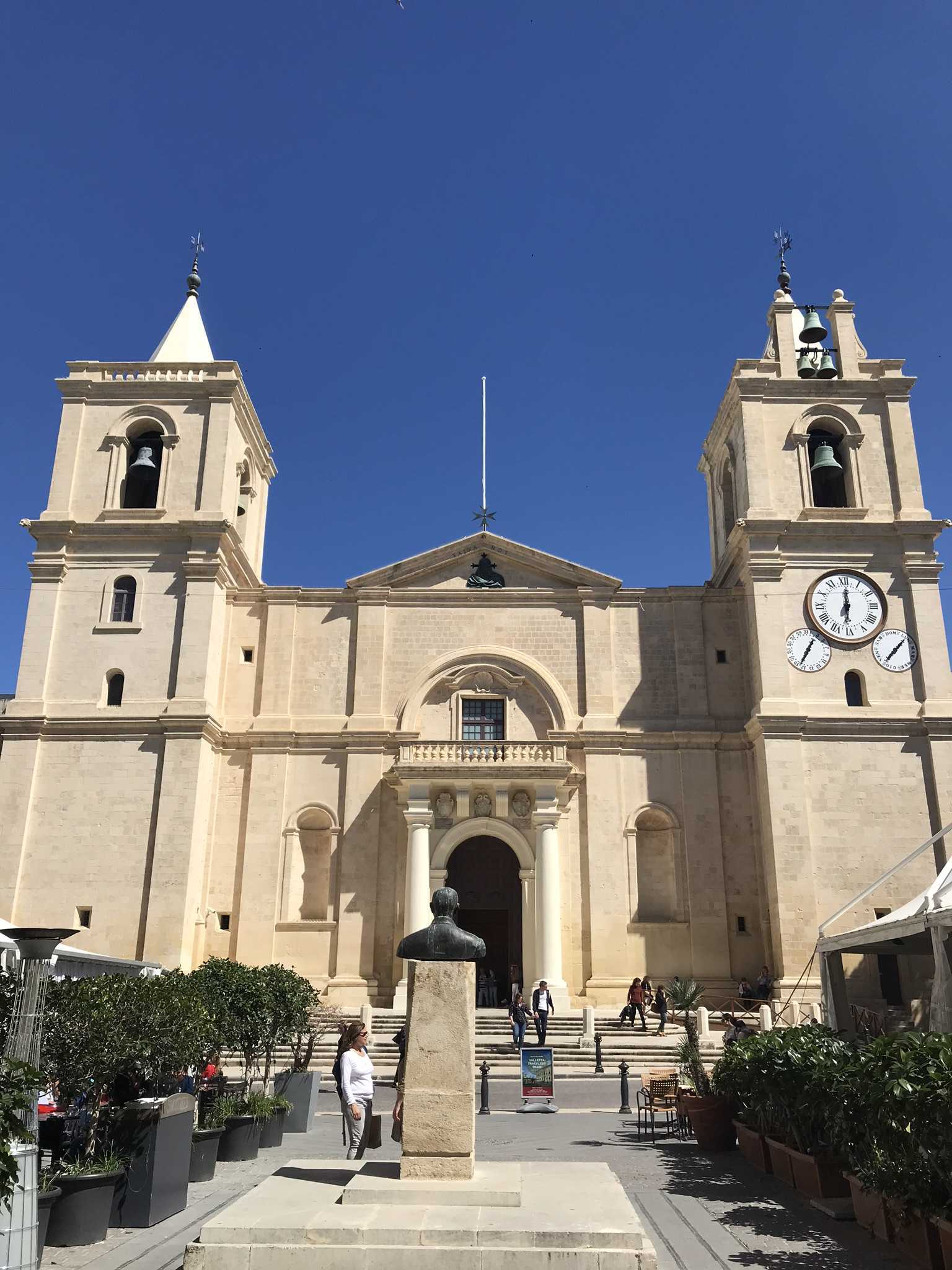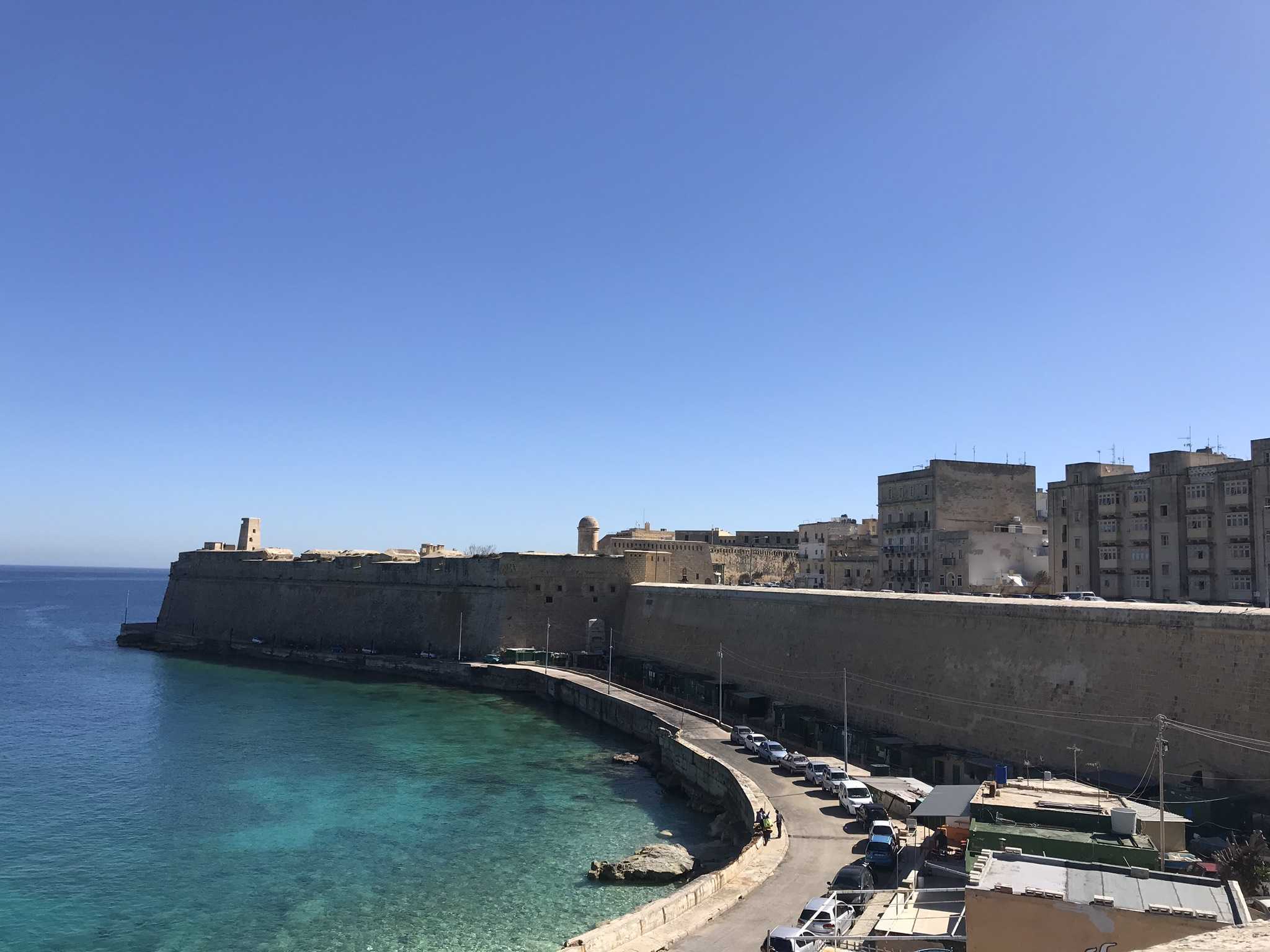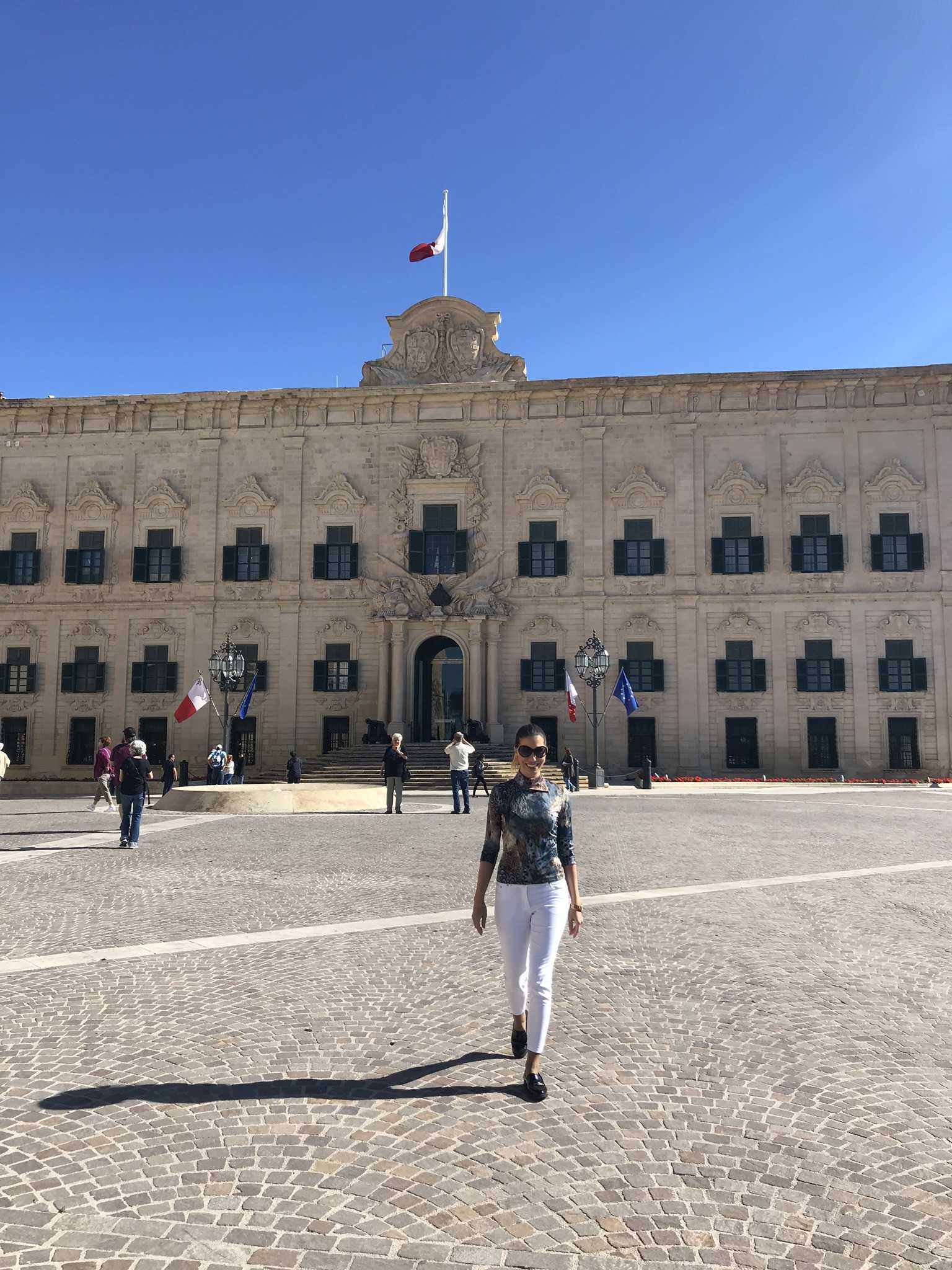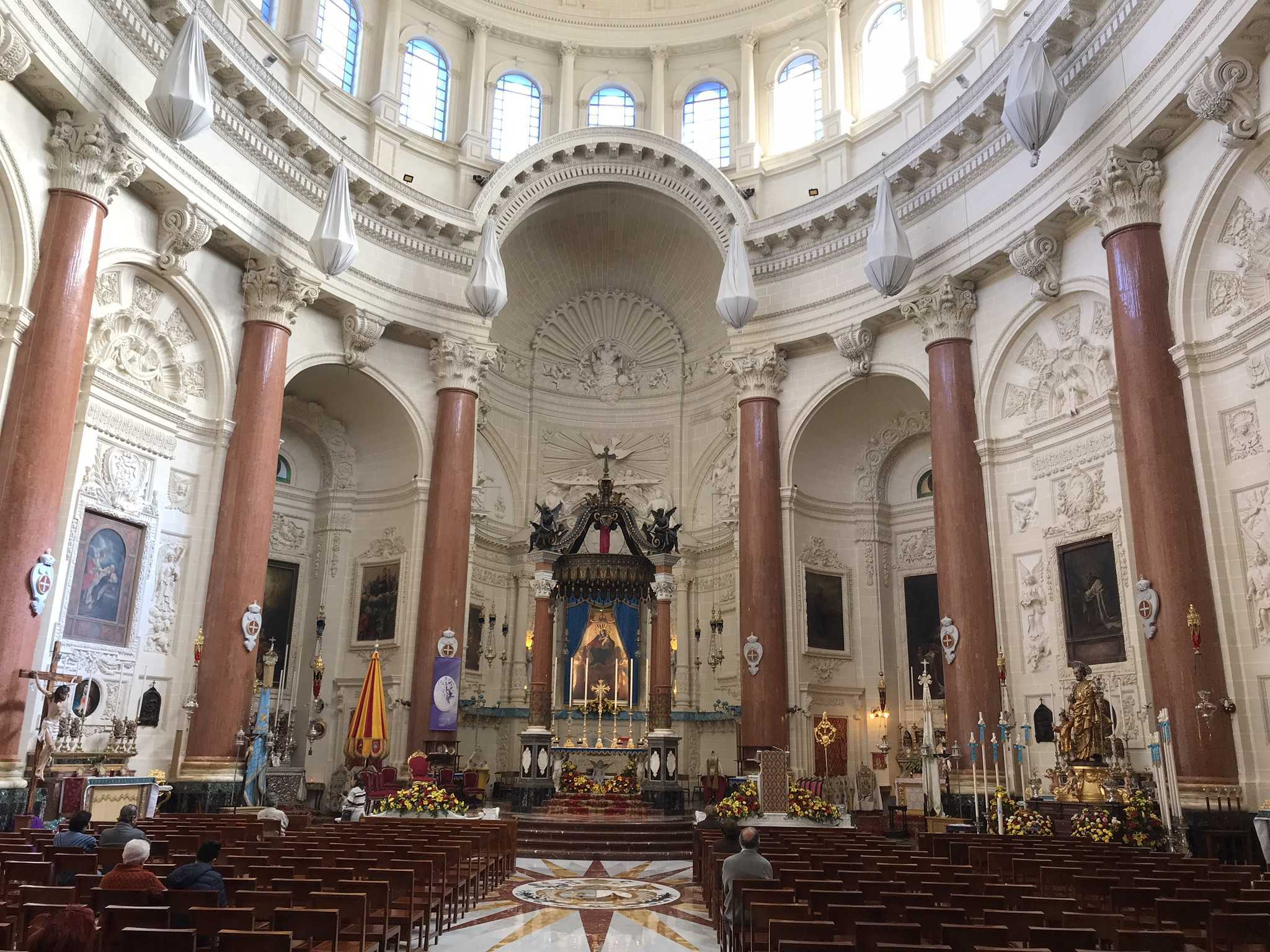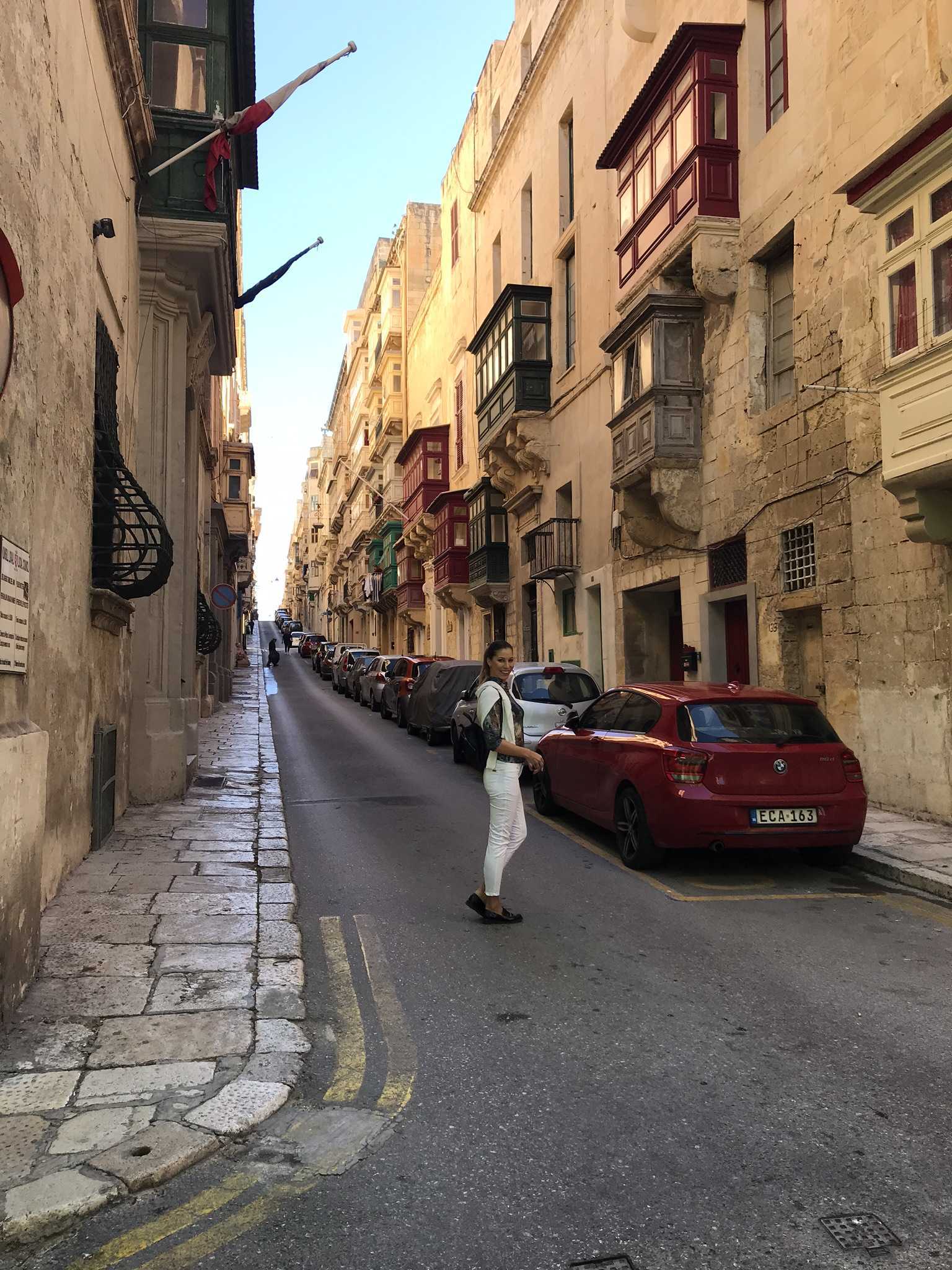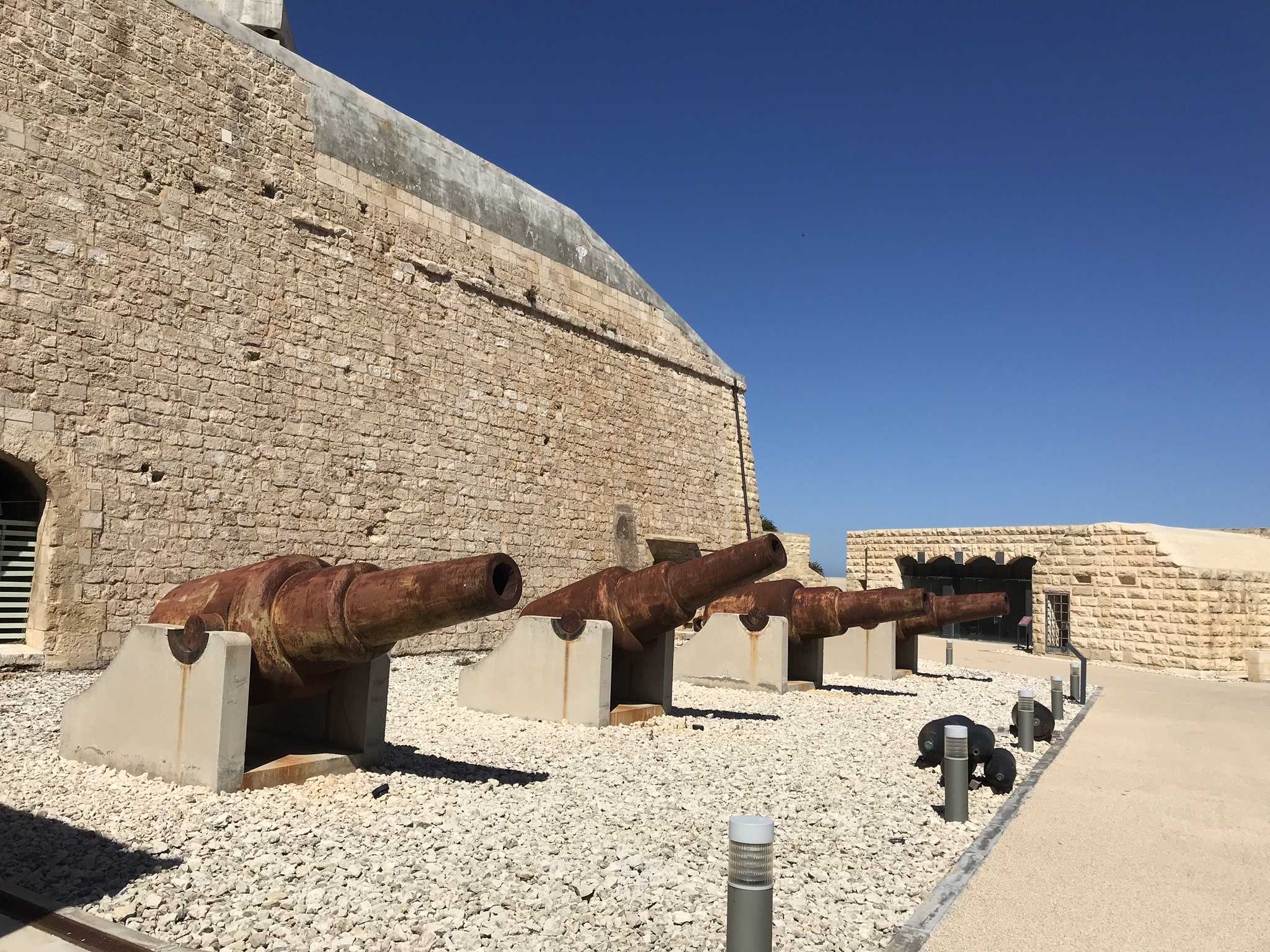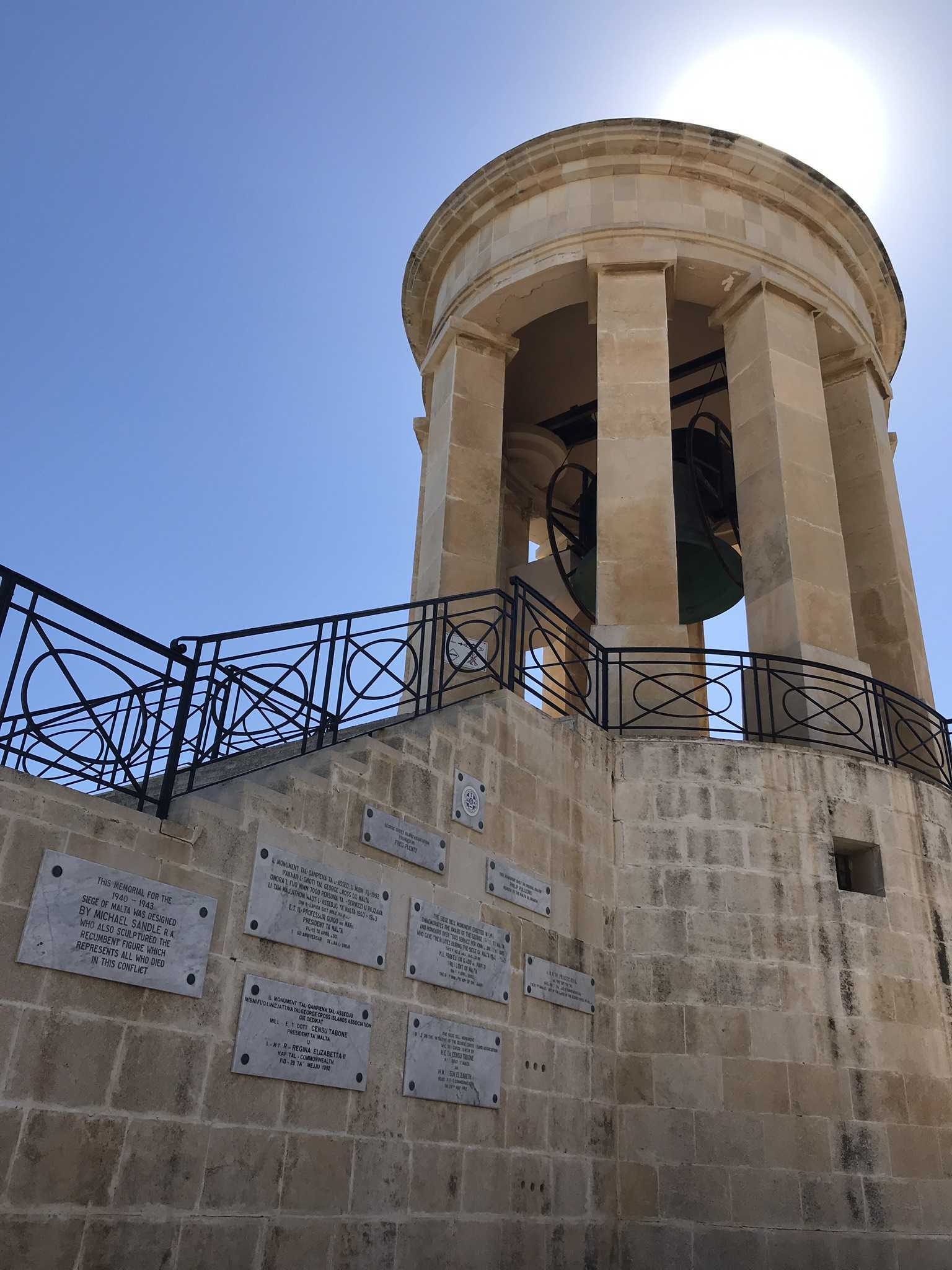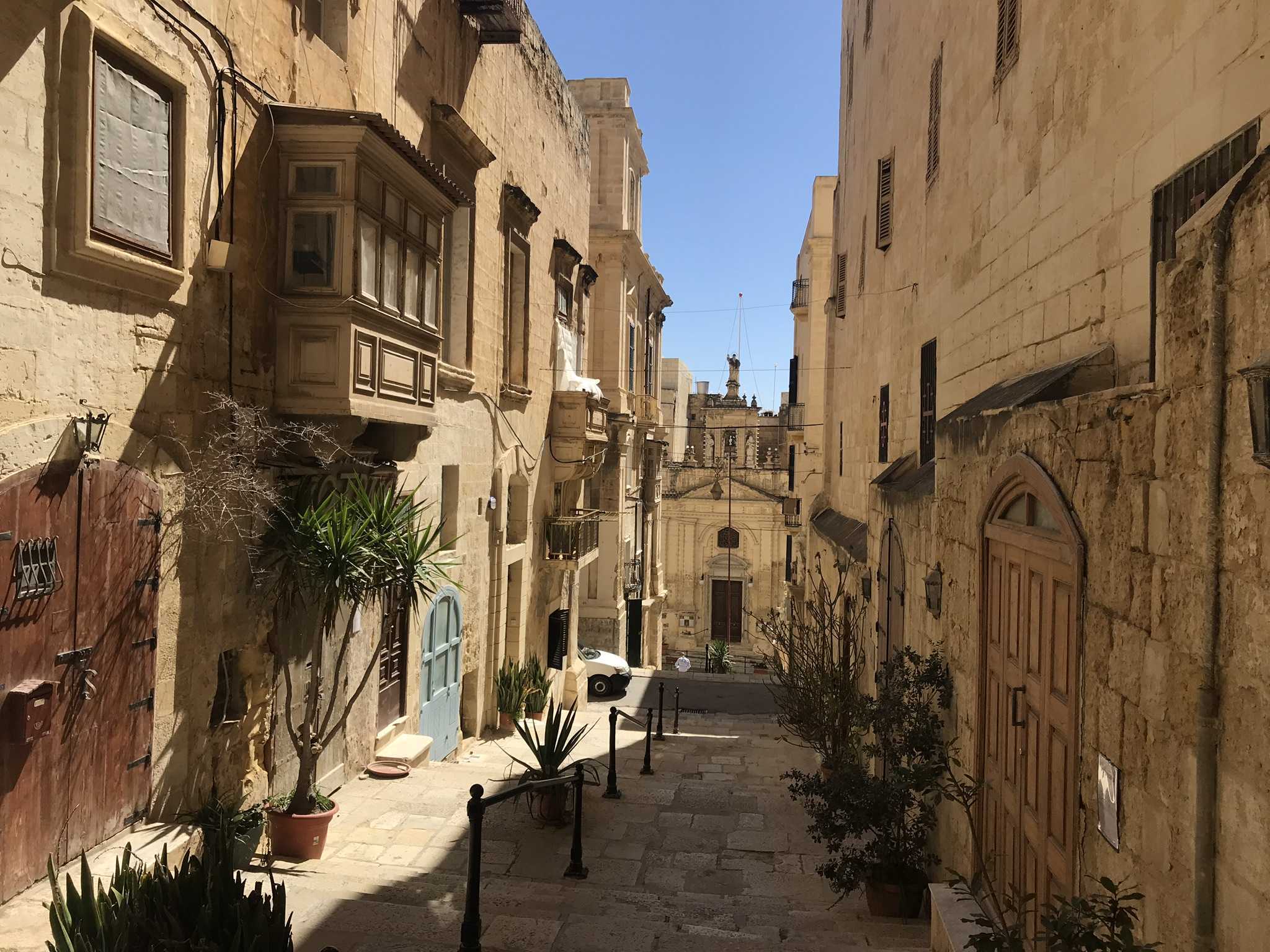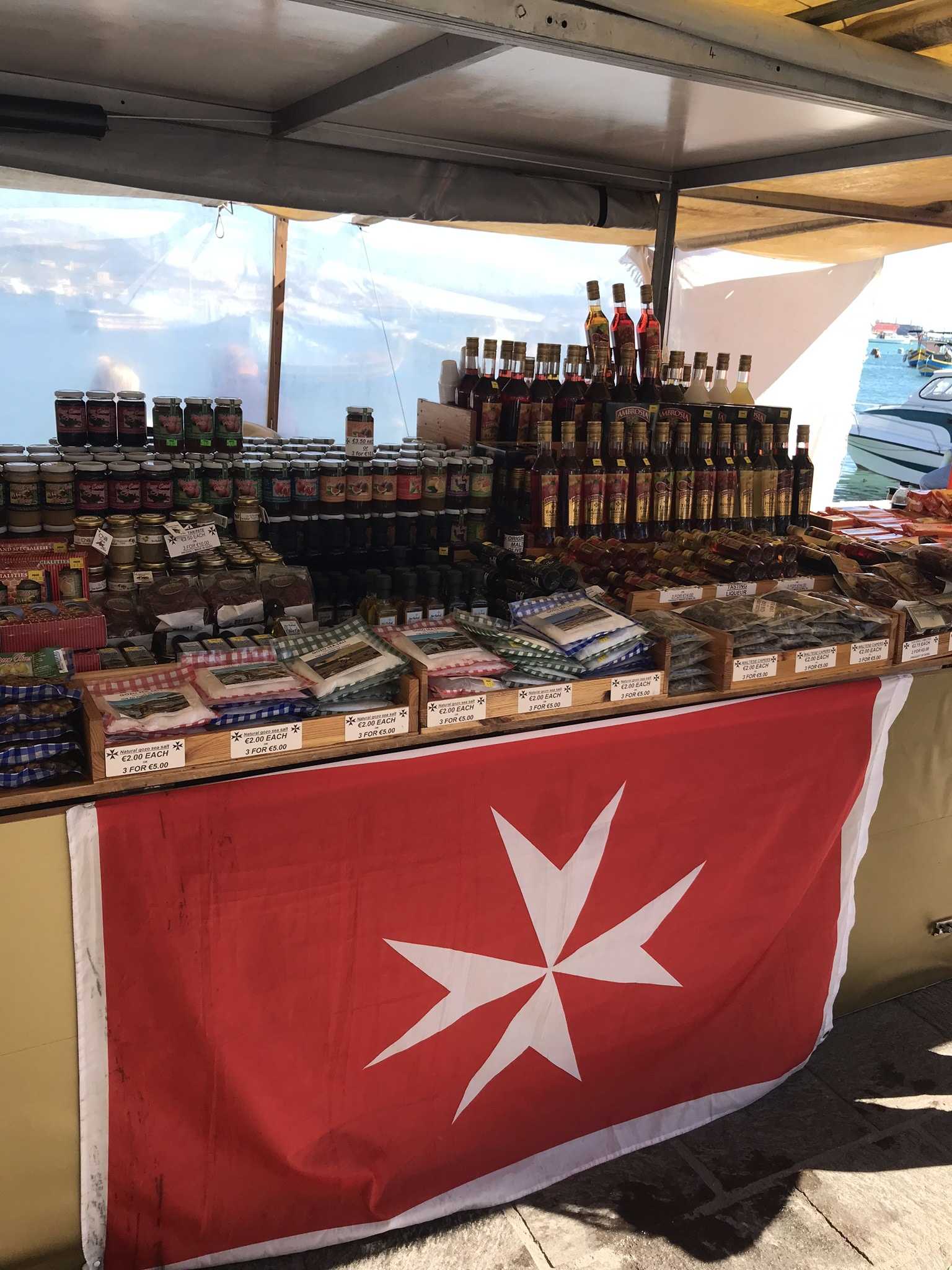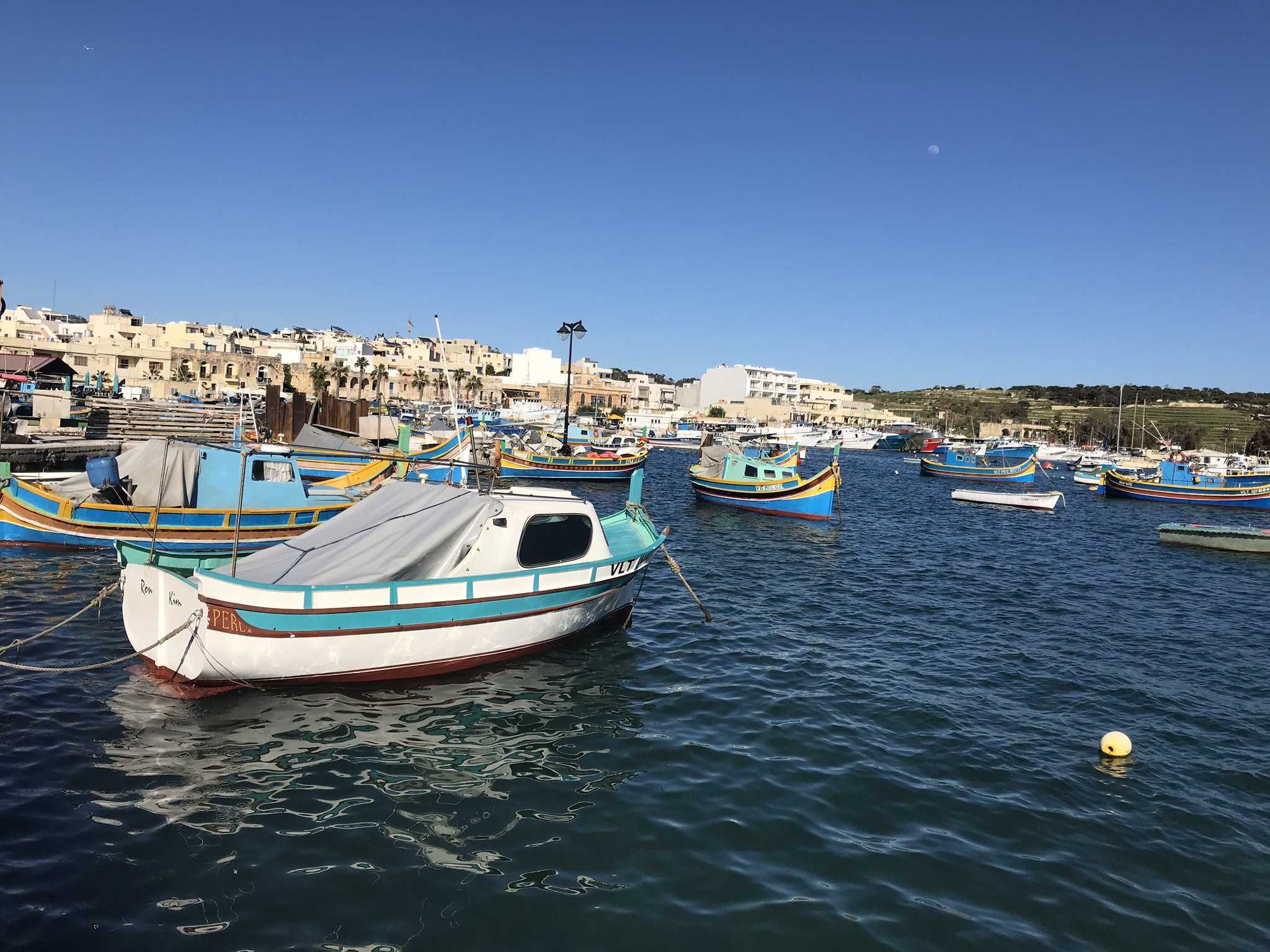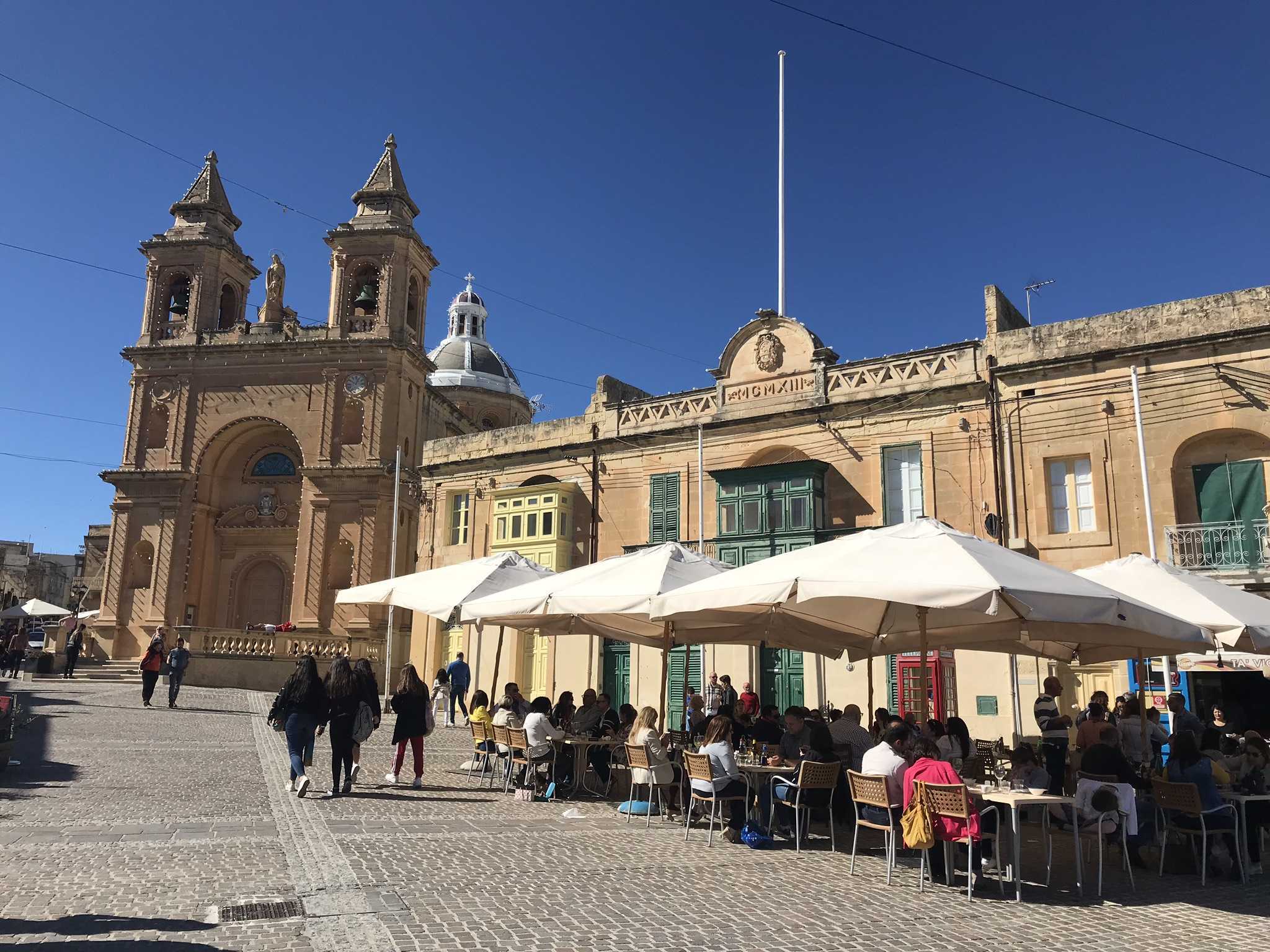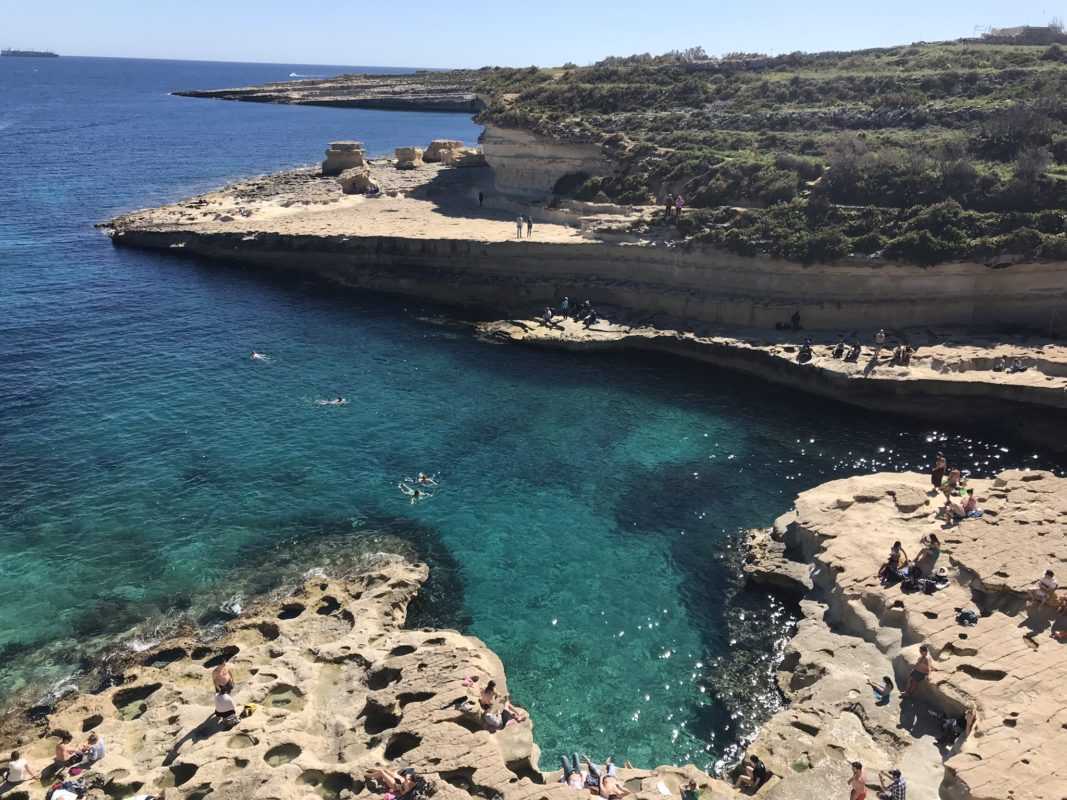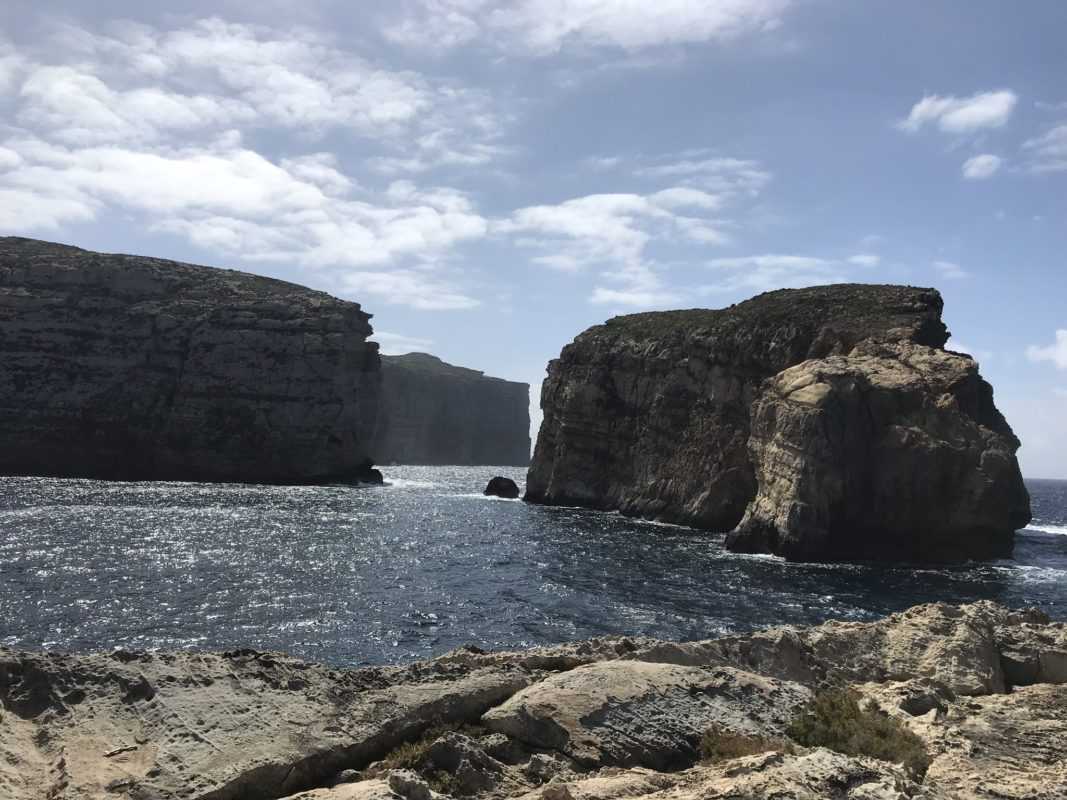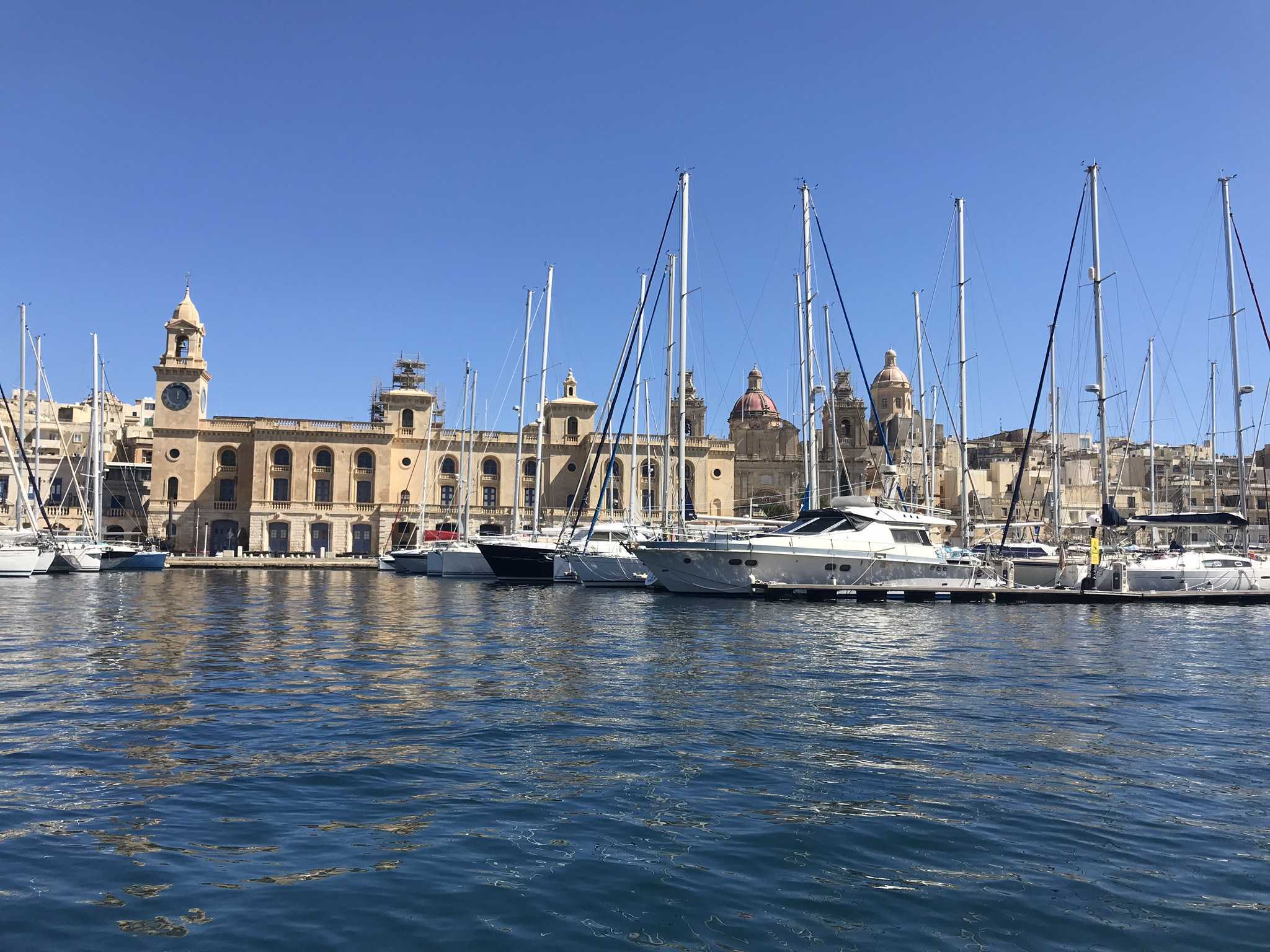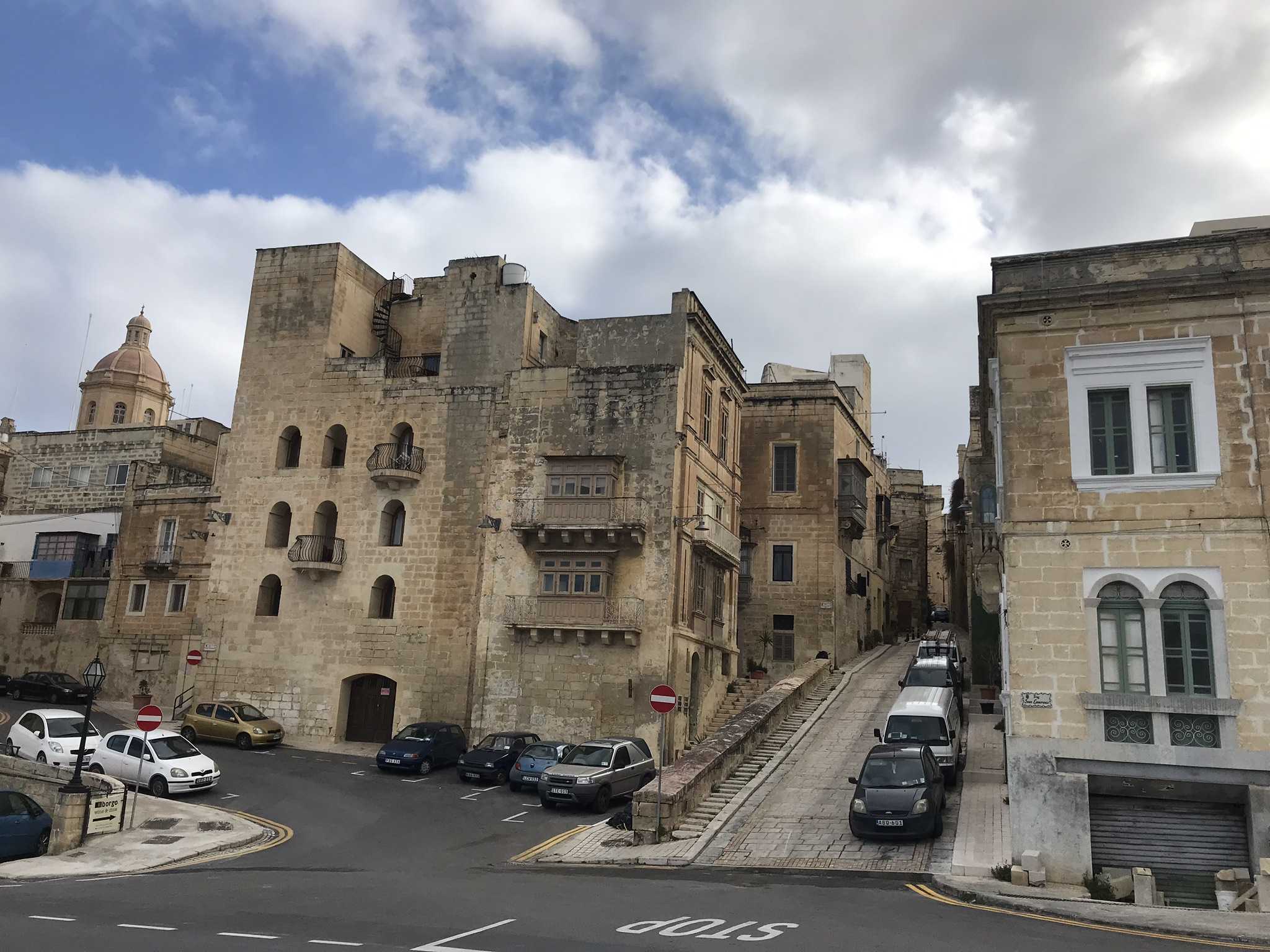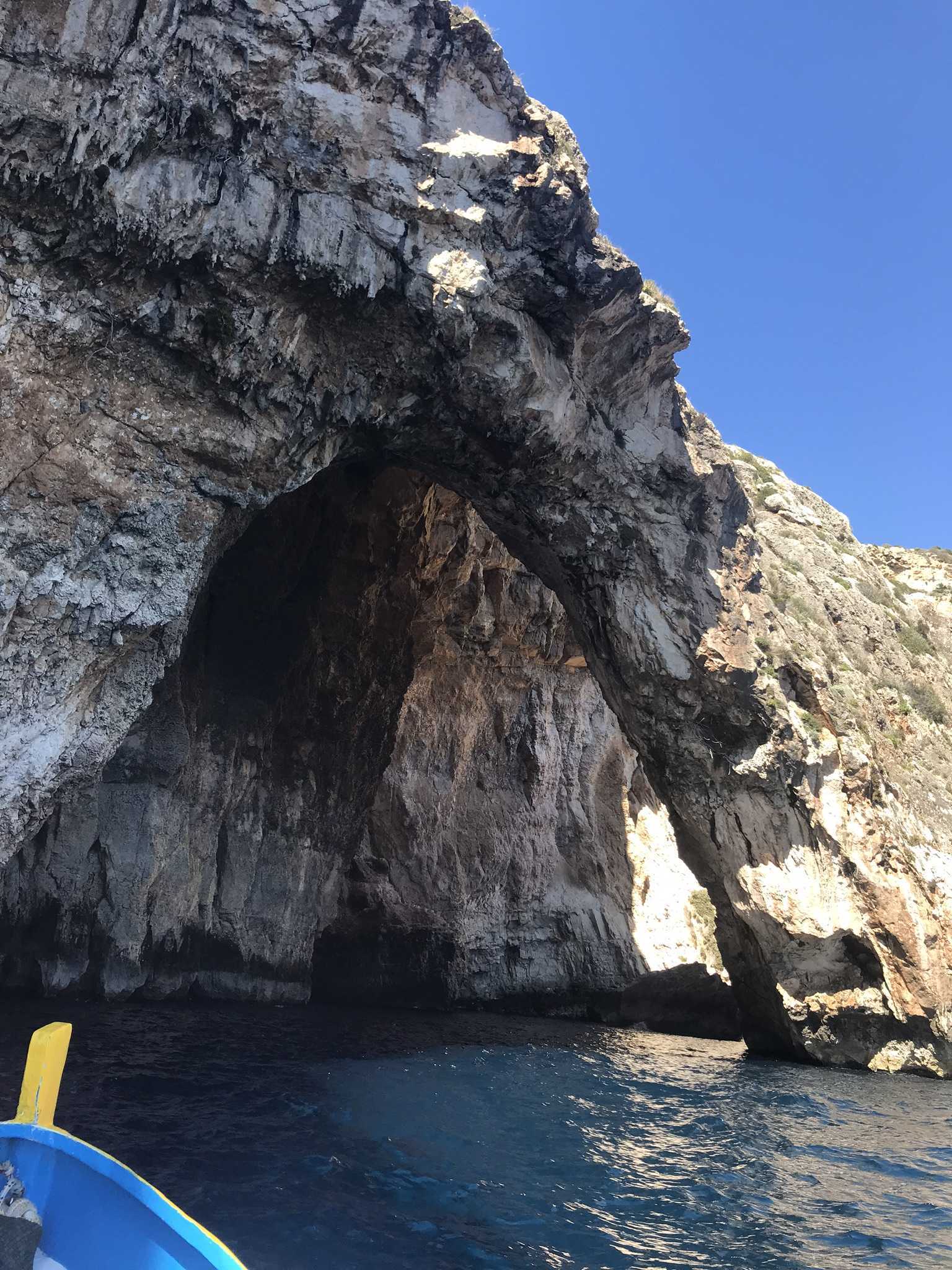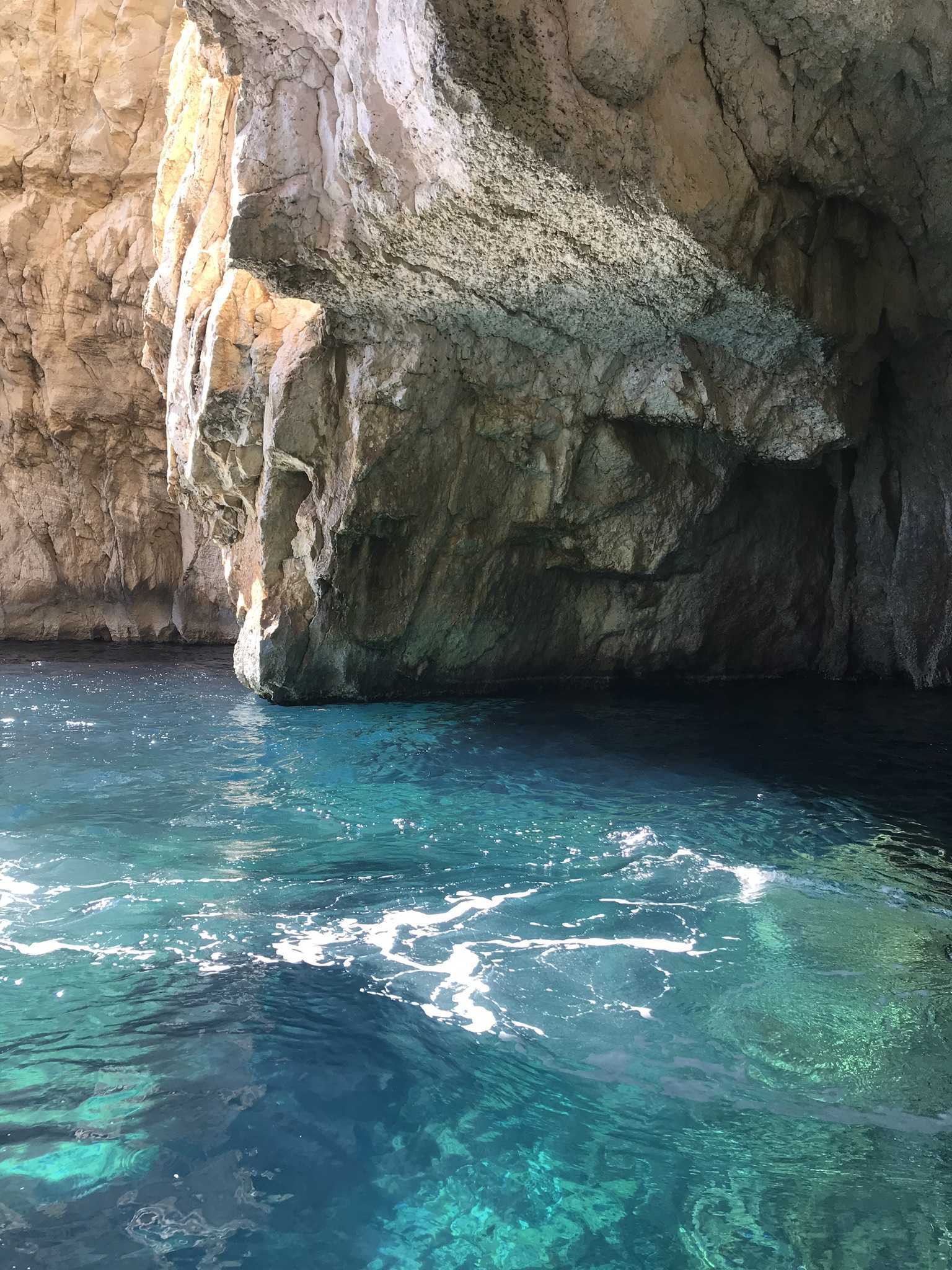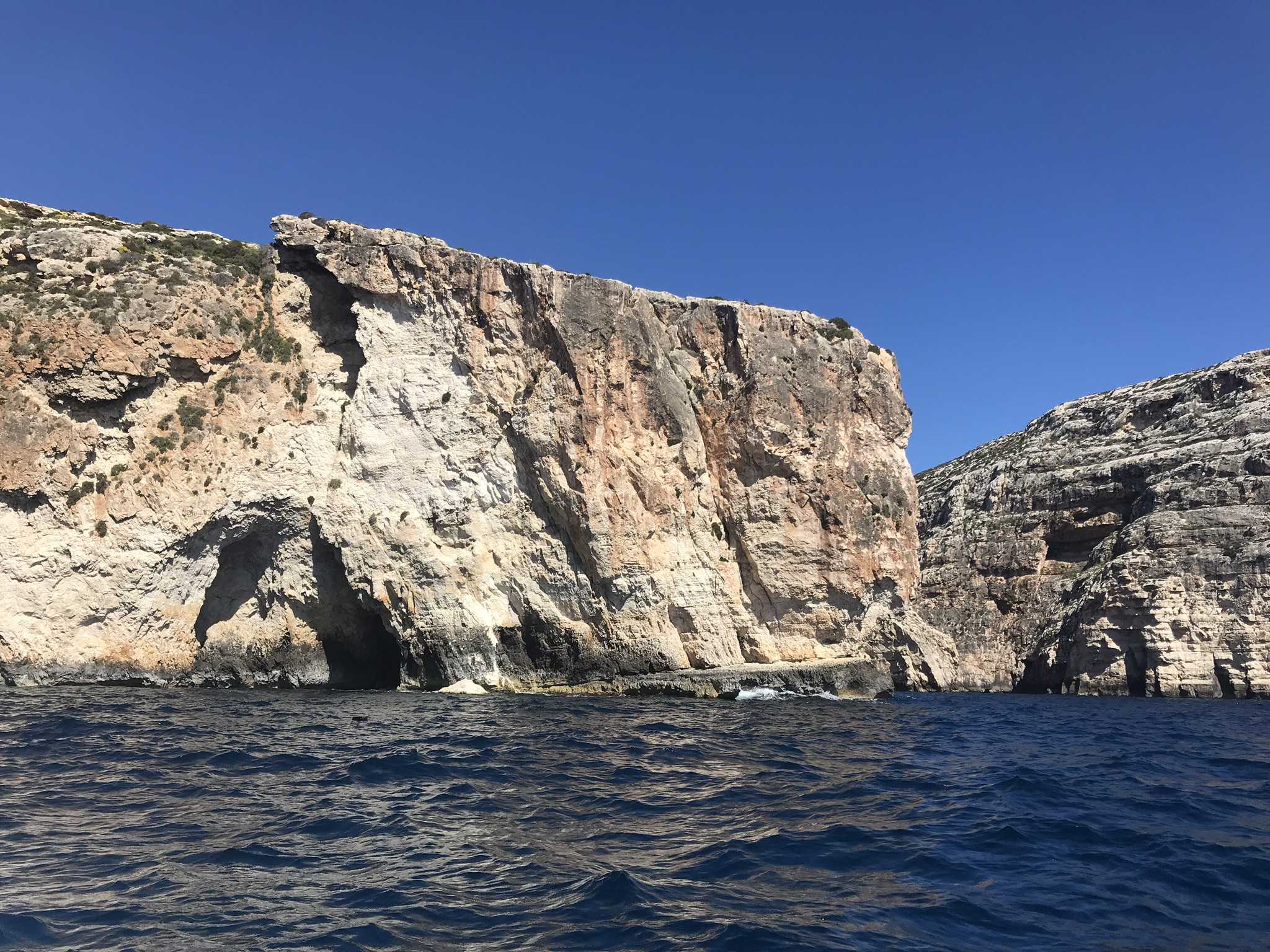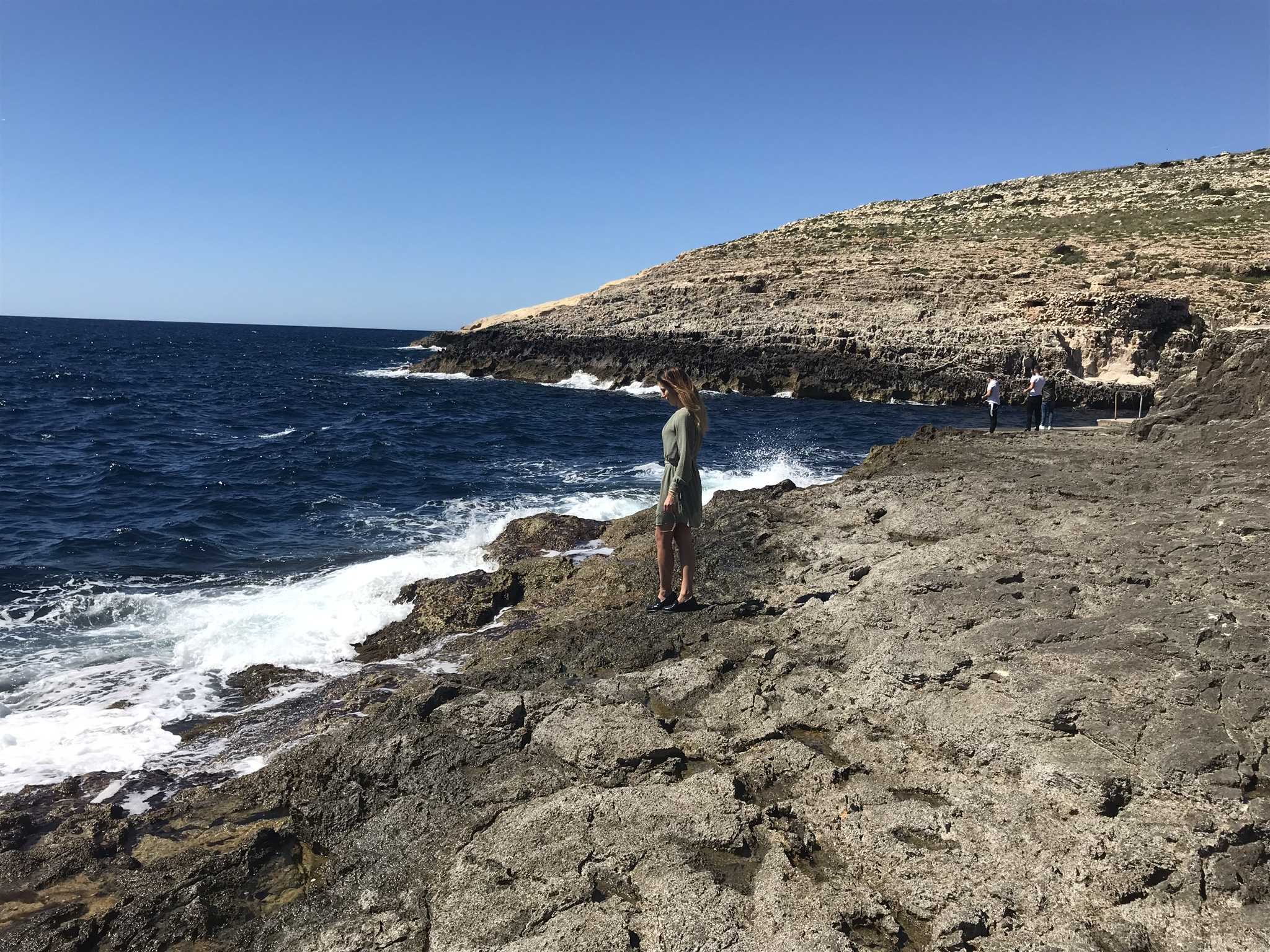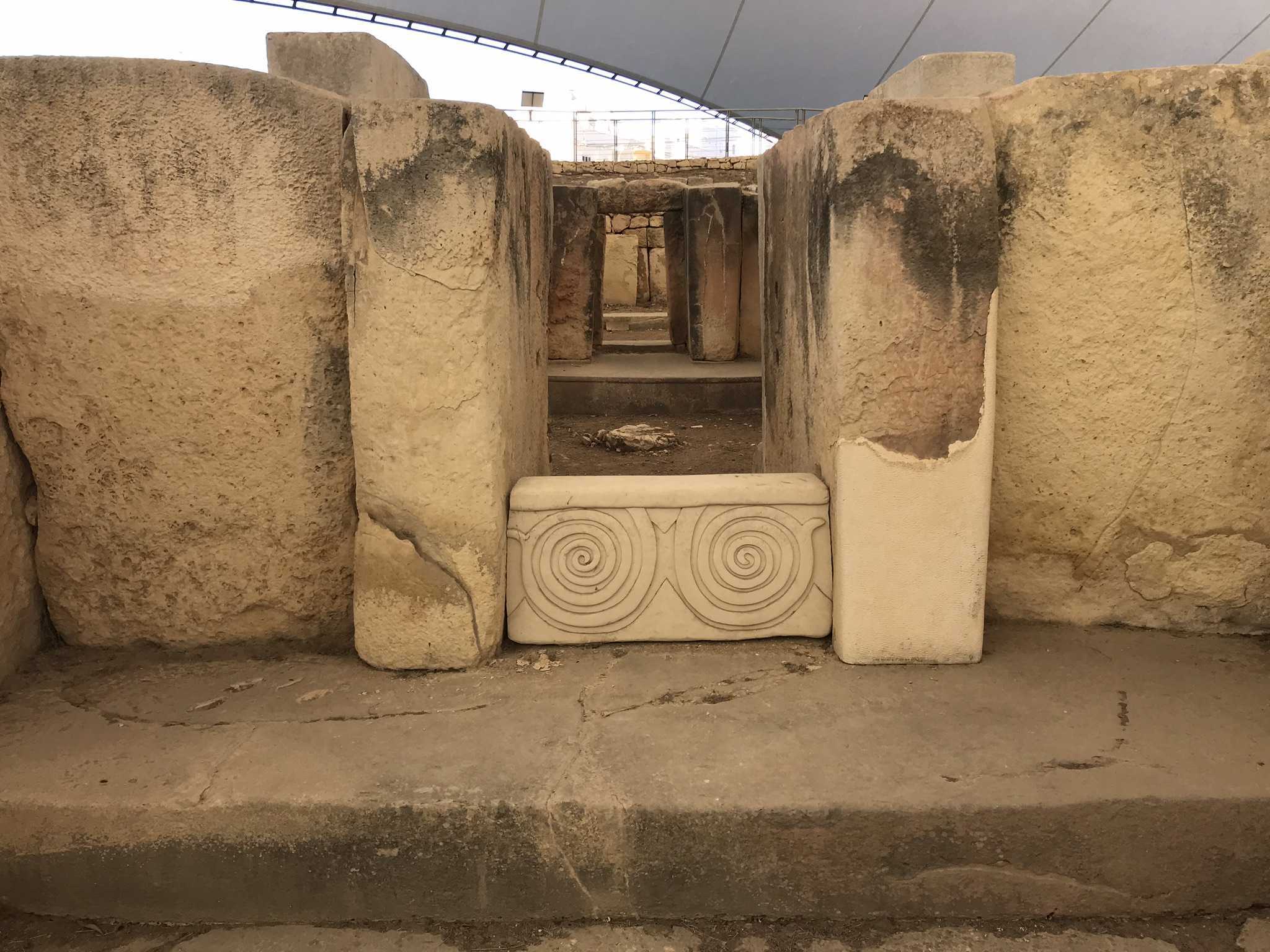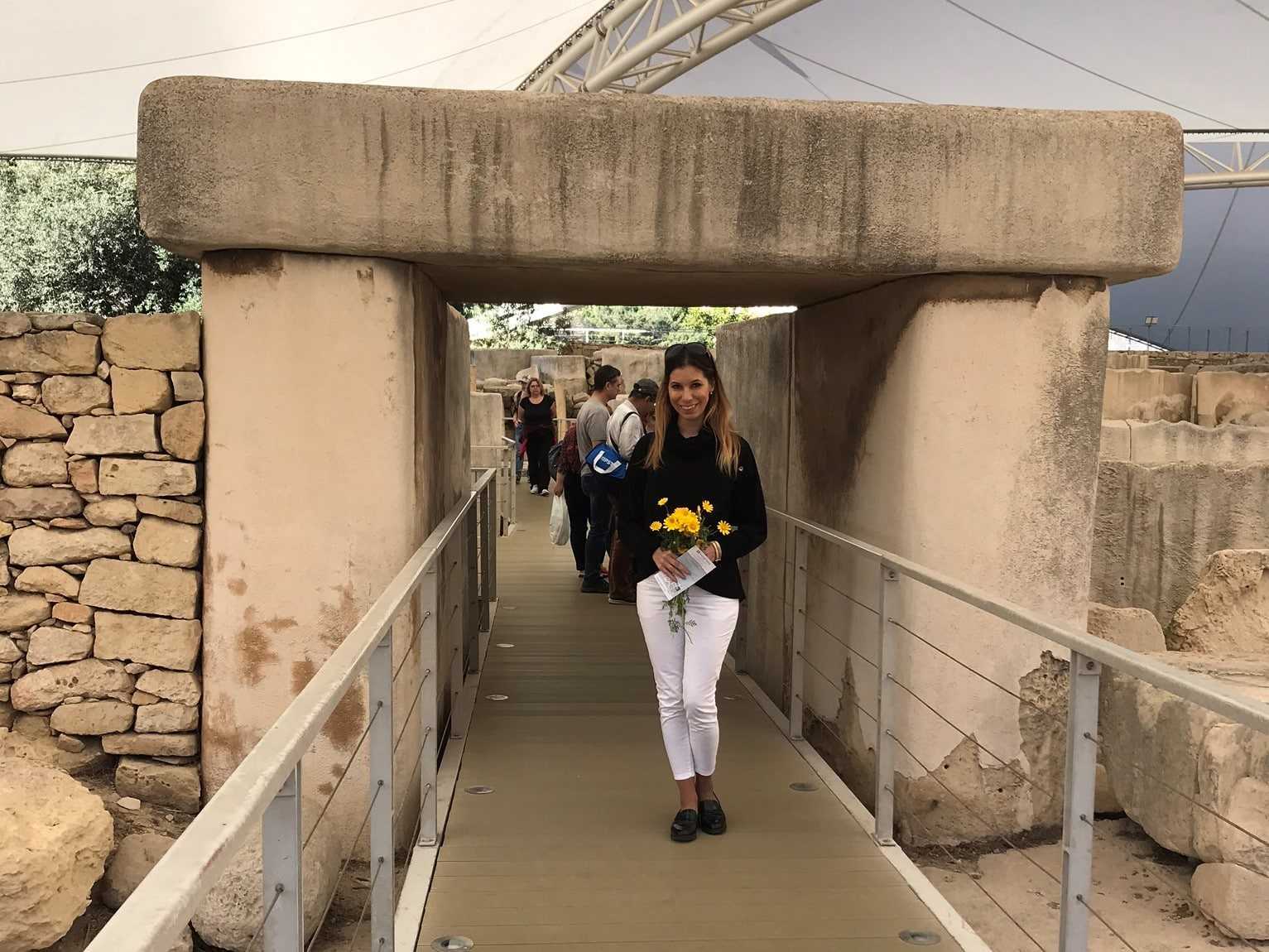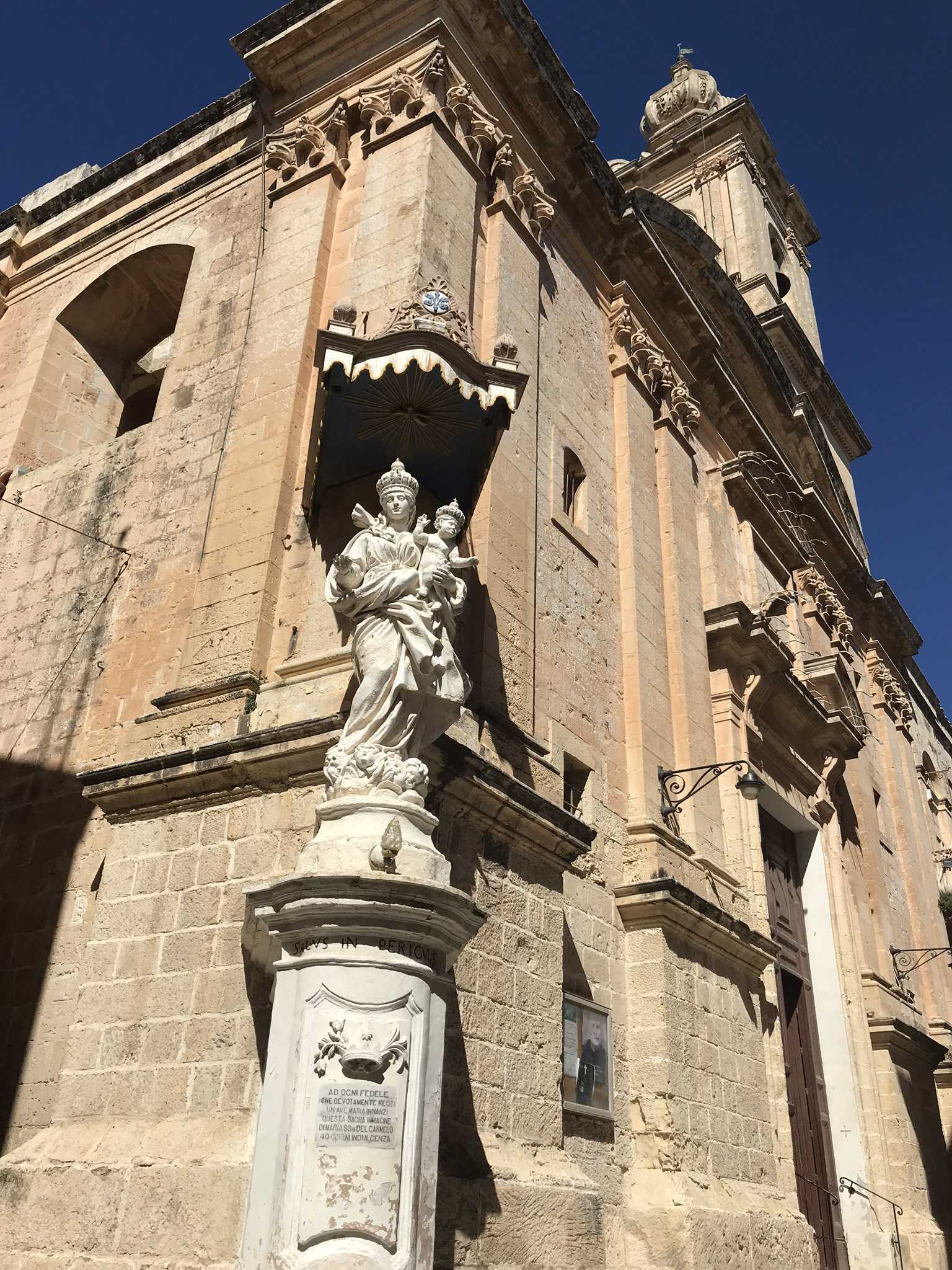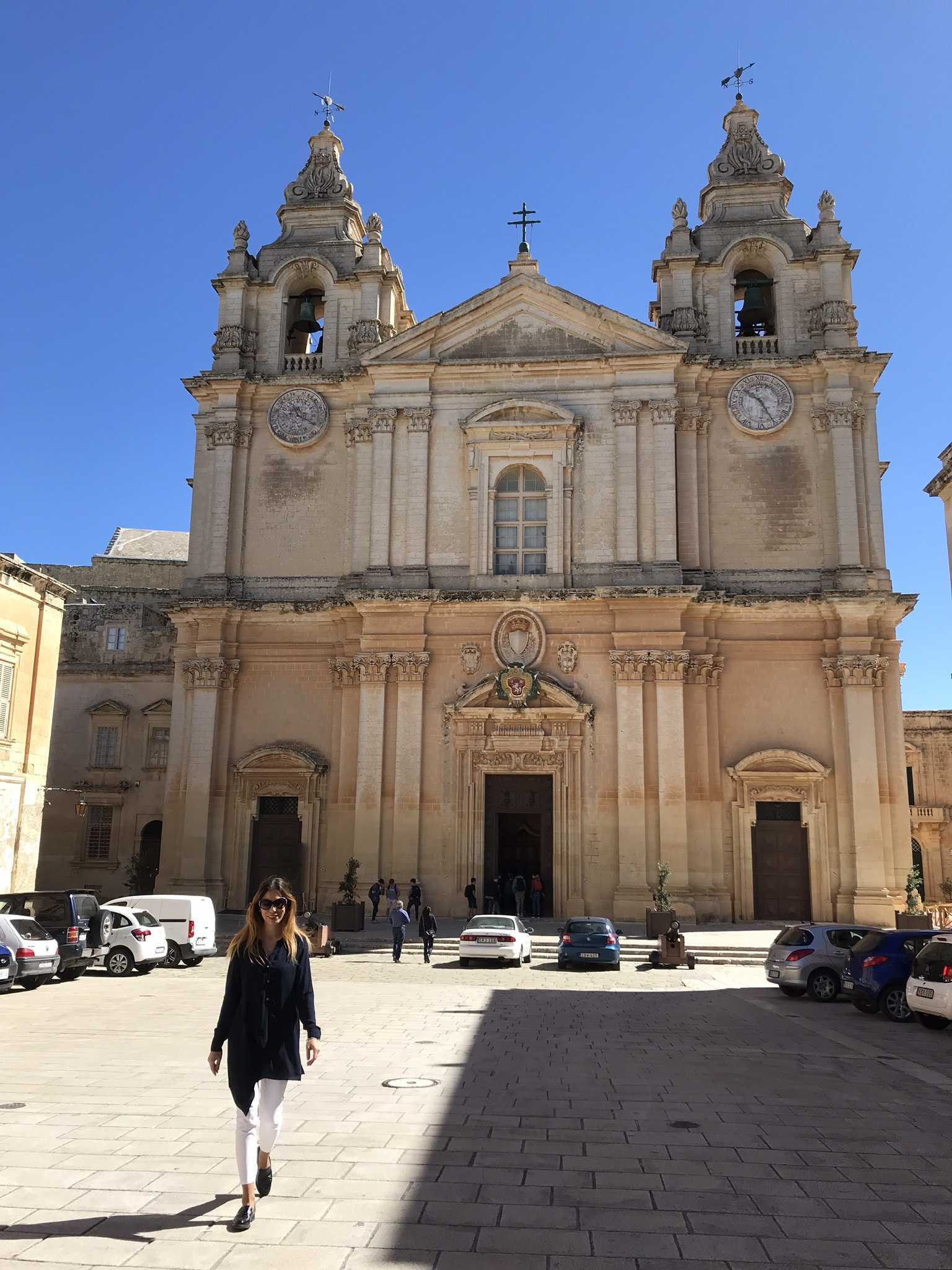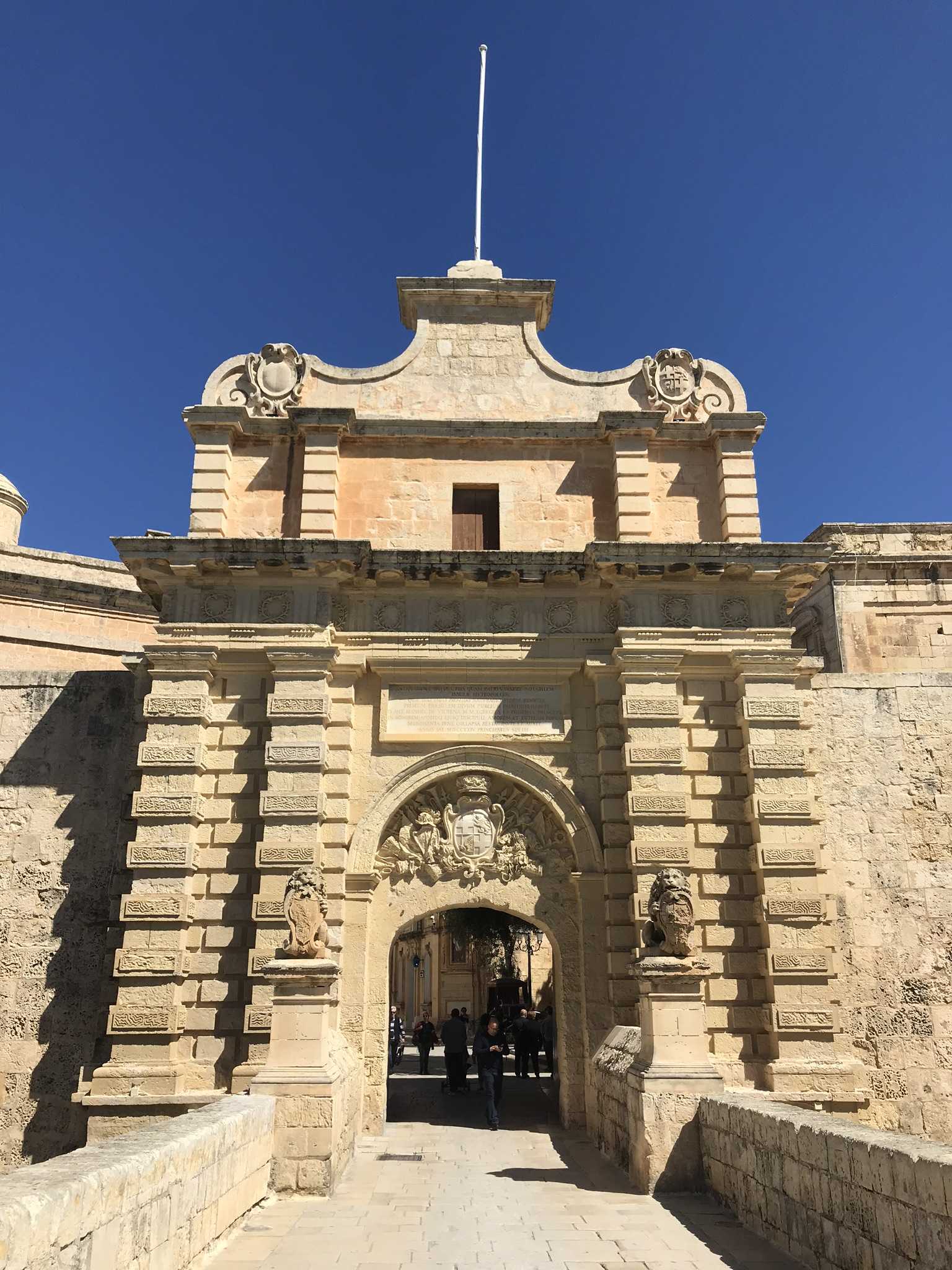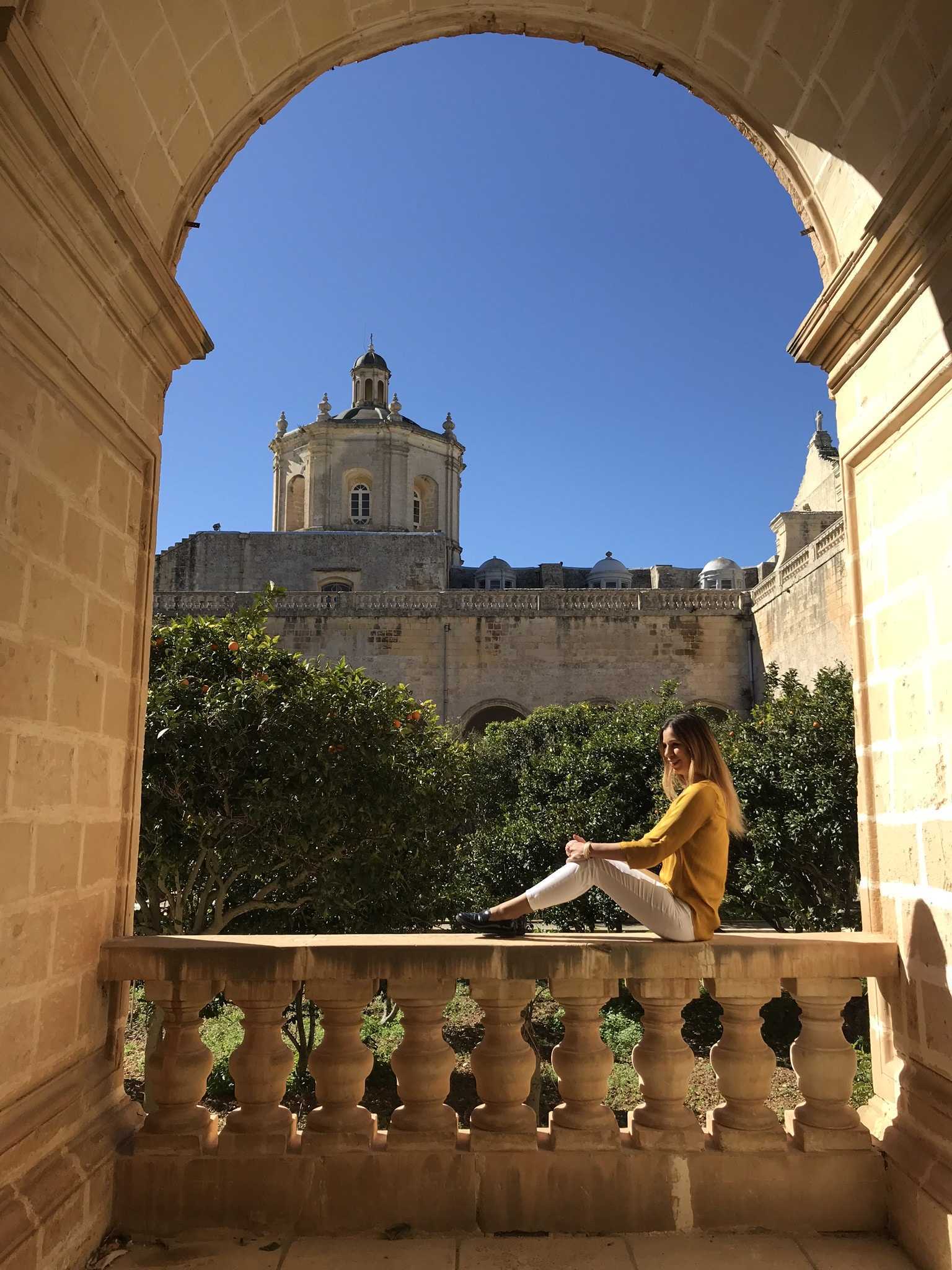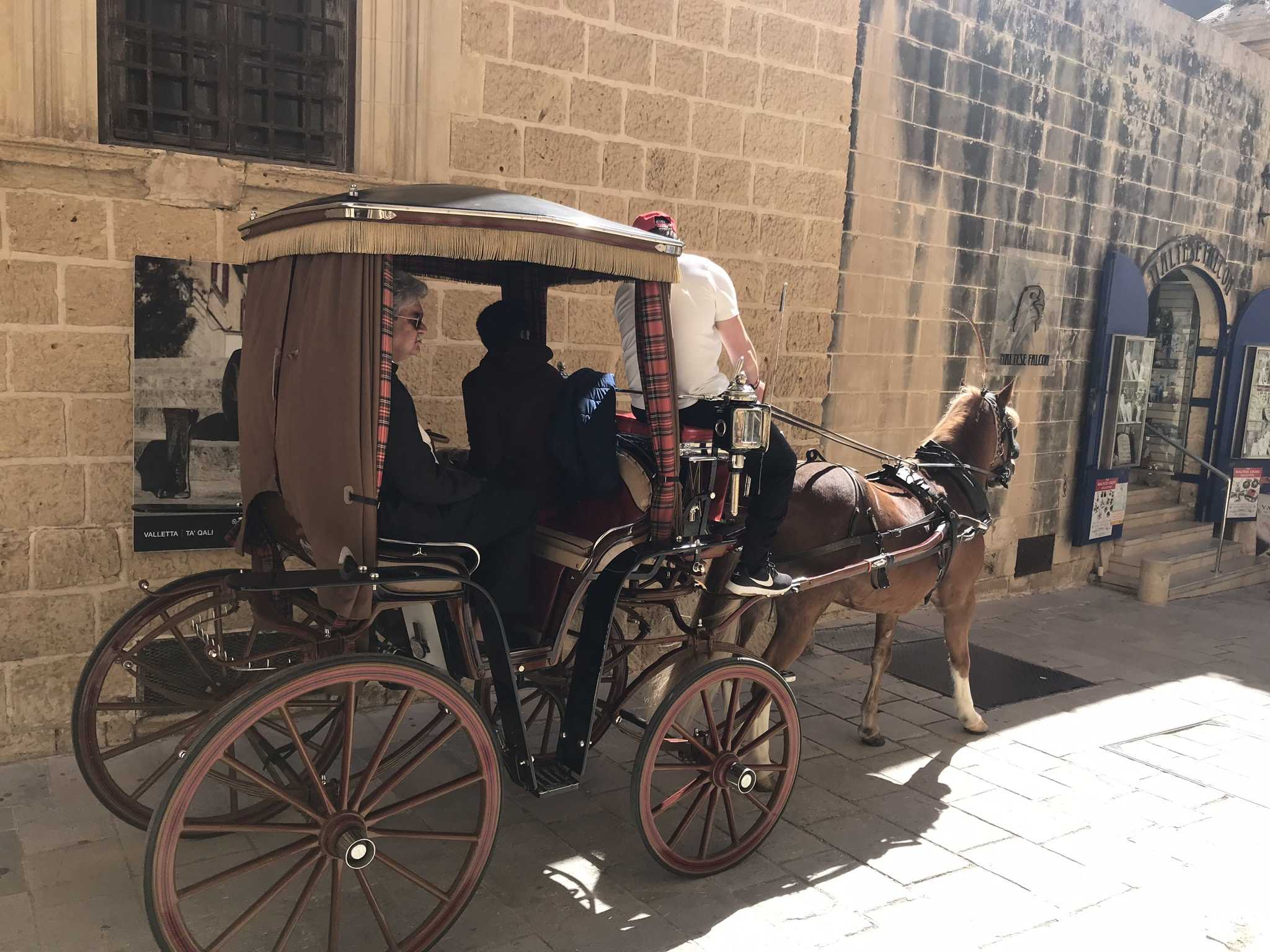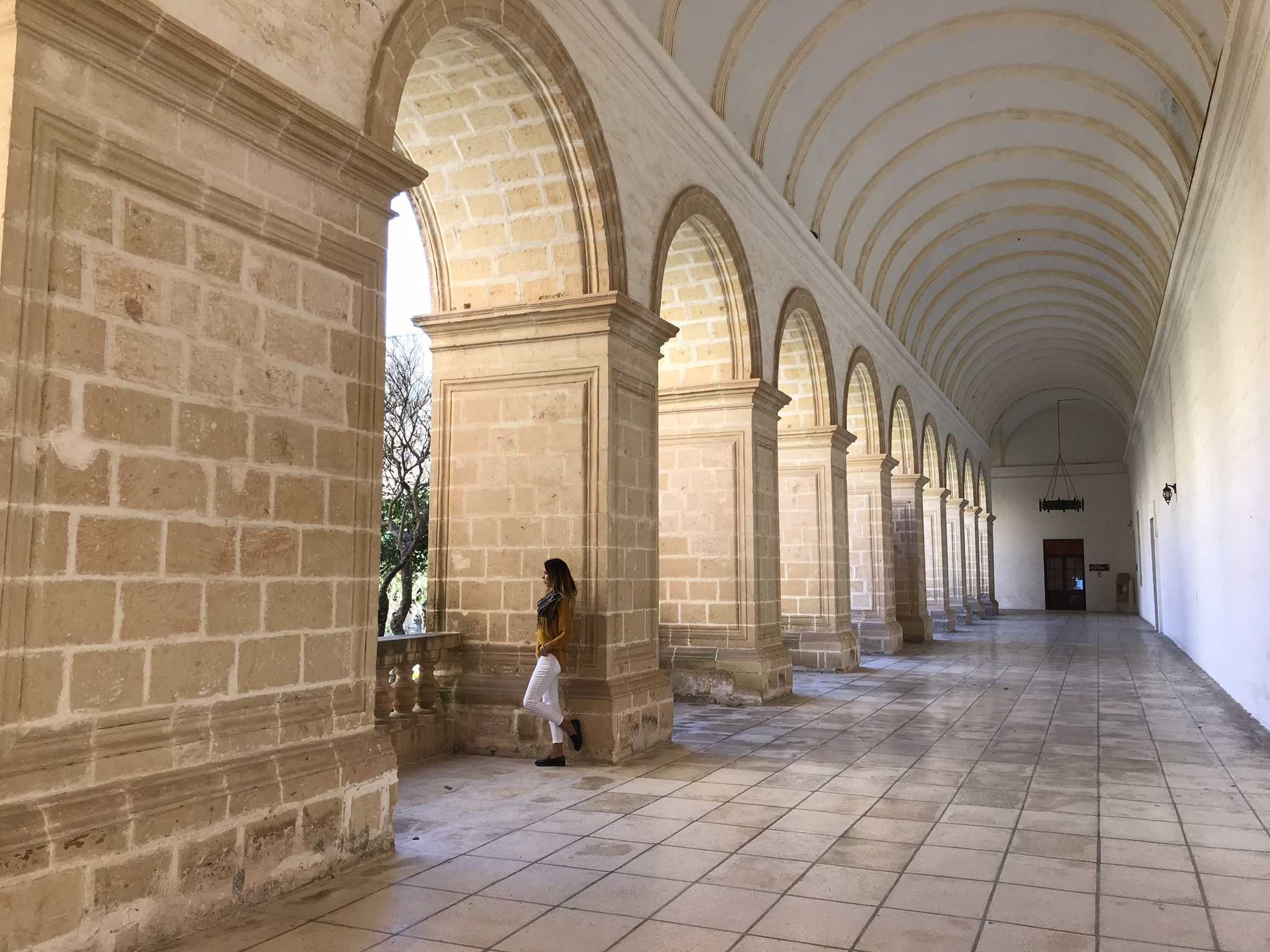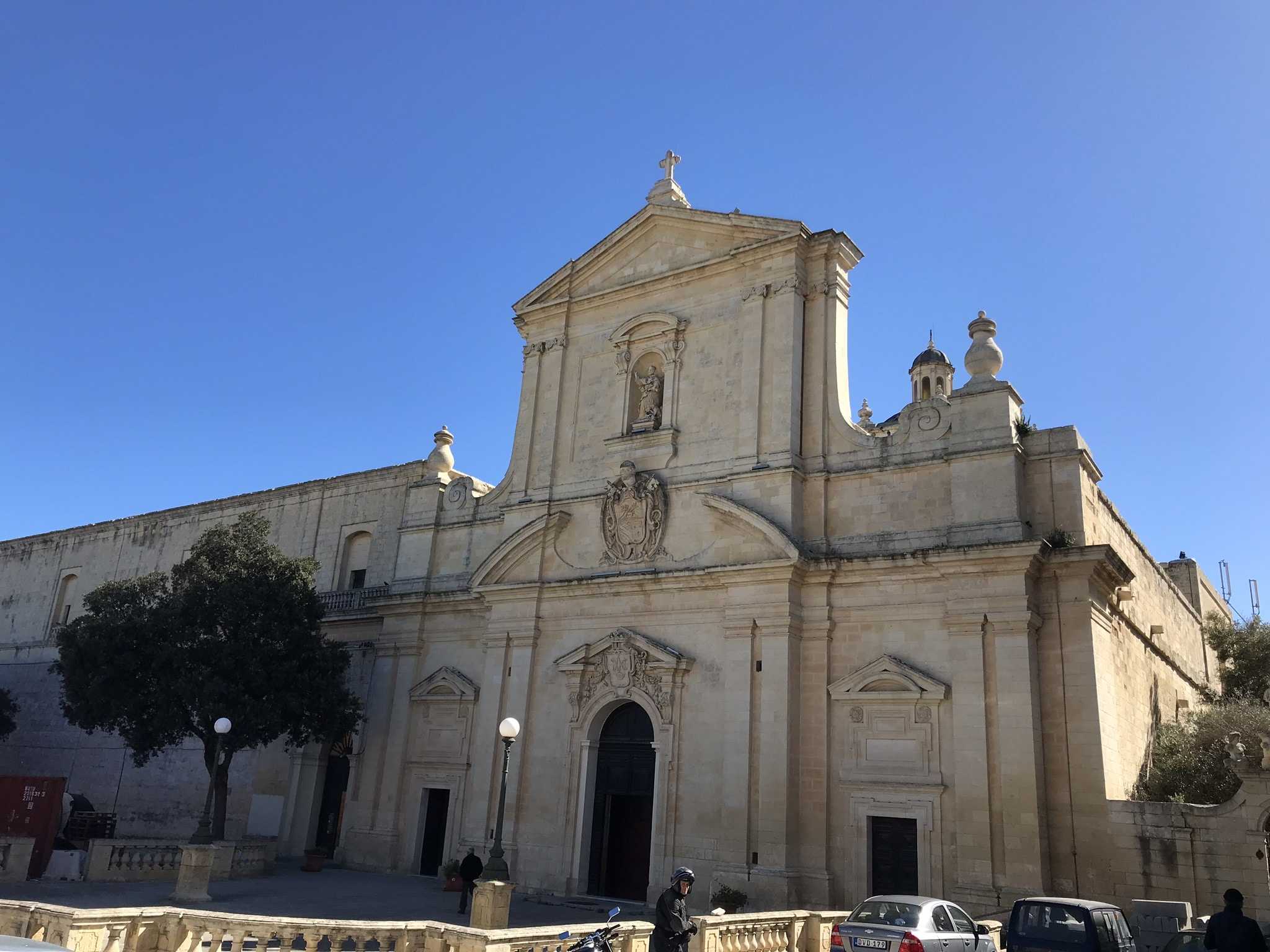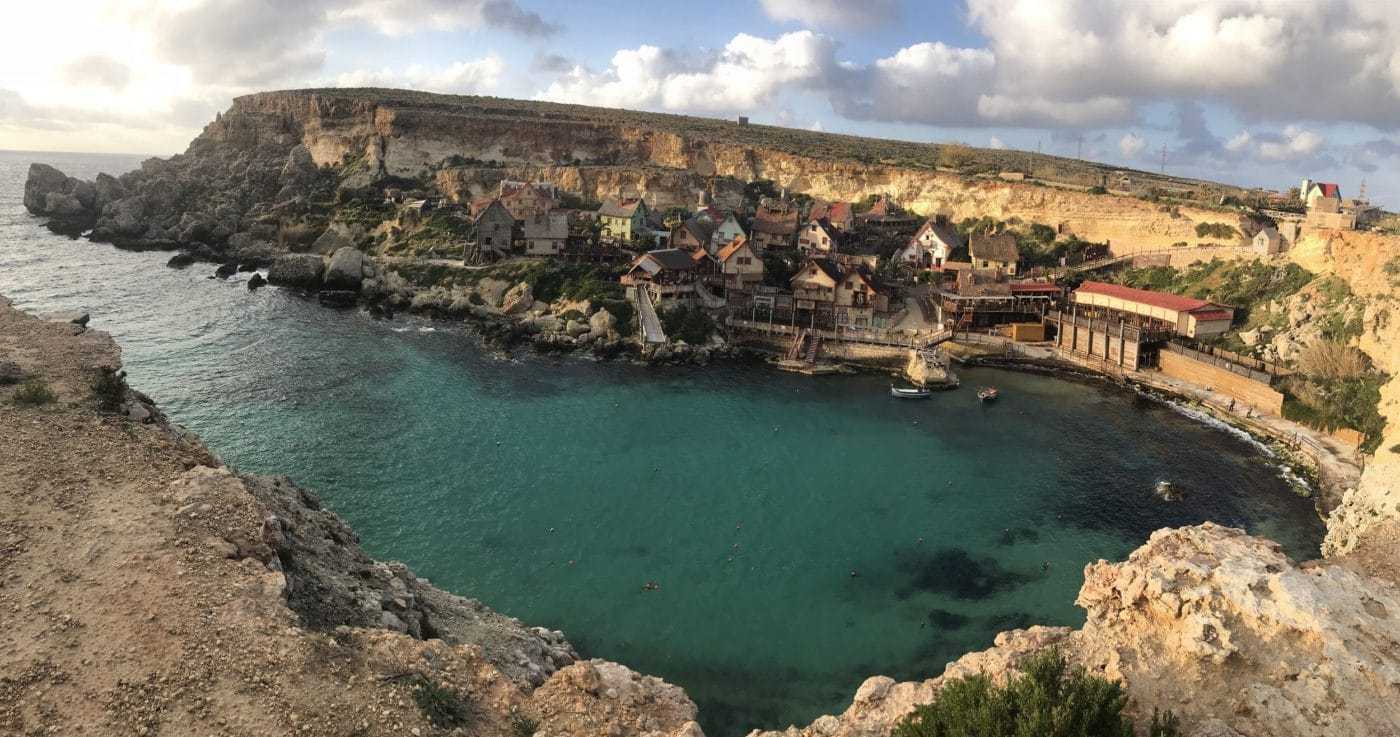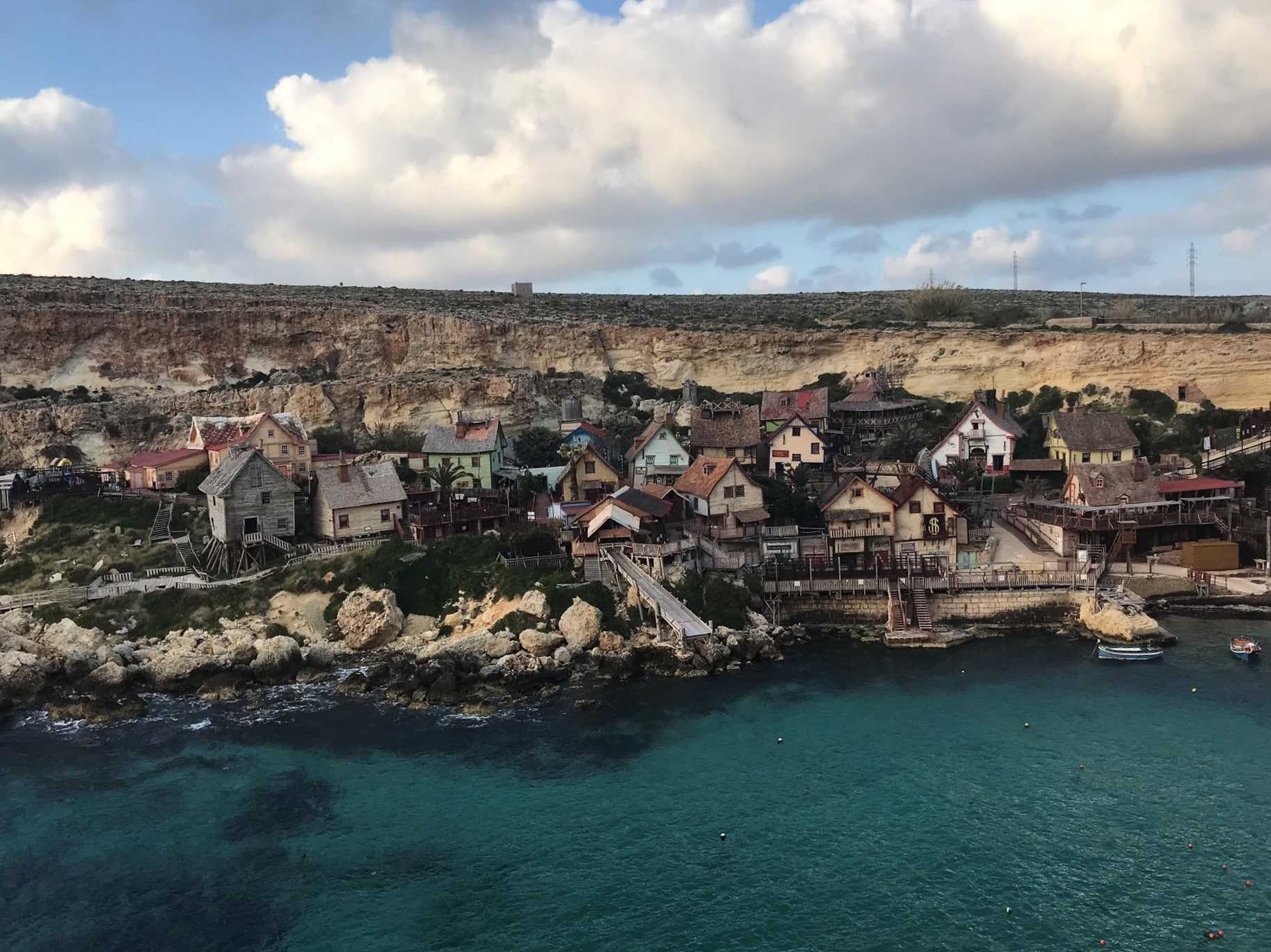There is a famous Maltese saying, Fejn tħobb il-qalb jimxu r-riġlejn. The foot goes where the heart pulls. As part of this sign, I took a short trip to this tiny island, which is not only interesting due to its special language but also has many historical, natural and cultural attractions. Without the need for completeness, as four days is short to see everything, let there be 10 places that are unmissable when you are in Malta.
Valletta
We spent only half a day in Malta’s capital, during which we toured most of the old town, Elmo Fortress, Barrakka garden. We made a visit among other things, the castaways and the church of St. Paul. Valletta has immediately captured my heart with its alley and noisy little streets but it was very crowded despite we arrived here in the early hours of the morning. Maybe if we started our whole trip to Malta here, I would have a different opinion, but other cities (e.g. Victoria, Mdina, Birgu) had a much bigger impact on me. Regardless, the capital is very beautiful and in no way to miss, because it has wonderful sights, which is also evidenced by the gallery below along with the descriptions.
Marsakloxx
The fishing village at the southern end of the island is best known for its colorful boats and sumptuous seafood. I was driven there by these two, too, on a Sunday and a market to be precise. Walking along the seafront promenade was replaced by makeshift huts and tiny tables, where in addition to freshly caught seafood, cut flowers, sun-ripened vegetables and fruits, local cheese and different flavored versions of cactus liqueur could be tasted. Since I strictly consider myself to be either drinking or driving, I politely refused alcohol. But later, at dinner, I tasted it, and I have to say, it was really delicious.
St. Peter’s Pool
Just a few kilometers from the village of Marsakloxx, there is a bay named St. Peter’s Pool. I haven’t found an explanation for the name origin, but the keeper of heaven hides a really wonderful place. It is not possible to get here by public transport, so again it was a good decision to rent a car for the entire duration of the travel. Alternatively, you can get close by boat from Marslakoxxi or you can walk 2.3 km from the nearest bus stop. The place itself covers a very special natural formation, where between the steep cliffs there is a pool-like bay with an astonishing color of seawater. I enjoyed the first flowers of spring and the caressing rays of the sun on the beach, but many people were already swimming into the crystal clear water in homage to the summer.
 Gozo
Gozo
Regarding my trip to Malta, I have already written a separate post earlier about Gozo. What is really surprising the day after I did it a list of the most sustainable destinations of 2019 was published and Gozo won first place in the best community – culture category. Without knowing what a high-end award-winning place I was at, it was a great experience I had a trip to the island of Gozo. So if you haven’t read my previous post, one more reason to click here.
The three cities
On the opposite side of Vallette, there are three peninsulas just a few hundred meters away, each is home to a town. Vittoriosa, Senglea, Cospicua, the so-called Le Tre Cittá. We lived in Vittoriosa, also known as Birgu, thanks to the fact that two weeks before the trip I had been given the chance to book accommodation and by then the rooms offered at a realistic price had run out in Vallette. In hindsight, I don’t mind that happened, because it was refreshing to see the daily life of Malta in a less vibrant place than the capital city. Such as the truck coming into the main square on weekends, from which a bakery opens and bread can be bought from there. Or, based on a similar principle, the vegetable car, which turned into an instant shop and where local aunts tried to buy fresh ingredients for their lunch or dinner. It was also incredibly cute that most buildings here have names that are advertised on small tiles, similar to street names. It’s a small-town, heartwarming idyll.
Blue grotto
If the Azur window, which unfortunately collapsed in 2017, was one of Malta’s main natural attractions, then I can perhaps say that the blue cave, or blue grotto, is the other one, which fortunately remains intact. I had high hopes for viewing it, which unfortunately didn’t bring as much of a “wow” experience as I expected in advance. Maybe the light conditions weren’t ideal because it wasn’t early in the morning. Or I’ve had a similar blue cave experience on Zakynthos, which has been sensational. Presumably, the feeling that the tourists were being brought and carried in the boats in an assembly line did not help me get into things. The boats did not stop for a moment so that we could admire the giant rock motifs that were above us. So I arrived back a little disappointed at the starting boat station, where luckily the view of the sea and the roar of the waves helped me a lot. Because once the sea captivates you, like me as a diver, you never let go.
Megalithic temples
In connection with the Temple of Ggantija, I have already written about how the huge importance this UNESCO World Heritage Site has, that it is the second oldest man-made structure in the whole world. The church complex in Tarxien is slightly younger than the one on the island of Gozo, but this does not detract anything from its significance. In order to ensure that the condition of the temple built from coral limestone does not deteriorate, a large tarpaulin has been drawn towards it, so drone footage can no longer be taken of it. Based on the description board, you can imagine what a building of six “cubicles” looked like, which reminds me most of all of a butterfly. There must have been an incredibly advanced culture here between 3600 and 2500 B.C, which disappeared without any explanation.
Ħal Saflieni hypogeum
While we got into the megalithic churches smoothly against the ticket bought on the site, unfortunately, we were no longer so lucky to get into the hypogeum, which covers an underground tomb church built in 4000 B.C. and is also a UNESCO World Heritage Site. I read a limited number of people are allowed in a group every hour, but I didn’t know all tickets are sold 2 months in advance. So around that time I booked the trip, I didn’t even have a chance to buy a ticket for €35. If anyone would like to see it, you can book a ticket here in advance.
Rabat – Mdina
If you’re a Game of Thrones fan, you should visit both cities, as many of the scenes in the series were filmed here. Such as st. Dominic’s Church, which has a beautiful squire and a fountain next to the dilapidated orange trees in its courtyard. Or Mdina’s city gate, which also appears in the film. If I had to name a city on Malta’s main island that I liked the most and gave me one of the greatest viewing experiences, then it would be Mdina, which was once the capital of Malta. Its beautiful sand-yellow baroque buildings faithfully restore the atmosphere of the Middle Ages. It was an experience to get lost with a large portion of ice cream in the narrow alleys, where sometimes the jingle of a horse-drawn carriage could be heard behind me. It is strictly forbidden for tourists to enter by car. The outside parking slot is only within walking distance from the city center.
Popeye village
I’m Popeye the Sailor Man, I’m strong to the finish, Cause I eat me spinach.I think reading this sentence reminds everyone of the famous spinach sailor character, who was also filmed starring Robin William in 1979. The film was filmed here in Malta, for which a complete village was built as a set in a previously empty bay. After the film crew left, the village remained, which welcomes visitors in its almost original state ever since. Unfortunately, we got there just during sunset, so there was no time left to walk between the houses. But even from a distance, Mellieha, better known as the village of Popeye, was a very appealing sight.


